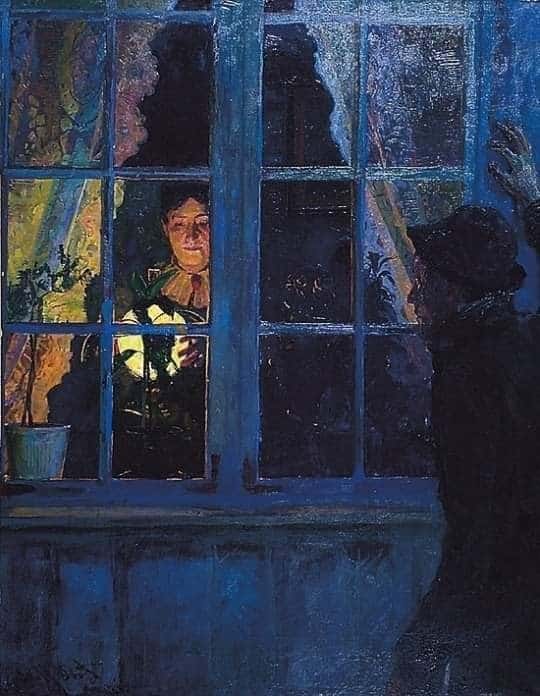With the invention of electric light human lives changed suddenly. This change was reflected immediately in art, first by the Impressionists. Impressionist painters were the first to enjoy the freedom of painting without reliance upon the sun, in plein air. Artists from the 1960s to today use light sources to express ideas, concepts and to overcome the material limits in a work of art. Writers also use light in this way.
For an example of a beautifully designed website, which happens to tell the history of art and light, see E luce fu (And There Was Light). The website is written in Italian but the English auto translation works fine.

Lighting Affected Our Concept Of Time
WEIRD people tend to think about time in absolute sense and many of us were trained in a world where we watched a clock, so meaning a clock with numbers, where the hand moves around the clock, and that’s actually a number line, a linear number line that’s been wrapped around in a circle. And it kind of teaches us that time is linear, but when you look at past practices, it’s not clear that people saw time as linear the way we do, because the day would change, the length of the day would change assuming… Depending on what latitude you’re at and the day would flex, so the length of hours actually varied in lots of societies, where at some point in Europe, they developed a constant hour, it’s always 60 minutes. And they began… Even before the mechanical clock kind of spread rapidly throughout Europe, people were using candlesticks and hourglasses and things like that to measure time, and there seemed to be almost an obsession with measuring time, and a real concern with it. So wage labor became hourly. So suddenly you’re measuring… Money and time can be put together and of course, Ben Franklin coins the… “Time is money.” And then we talk about time like it’s money. We’re always trying to buy time, save time, we’re running out of time. Those kinds of things.
Joe Henrich on The Weirdness of the West, Preposterous Universe podcast
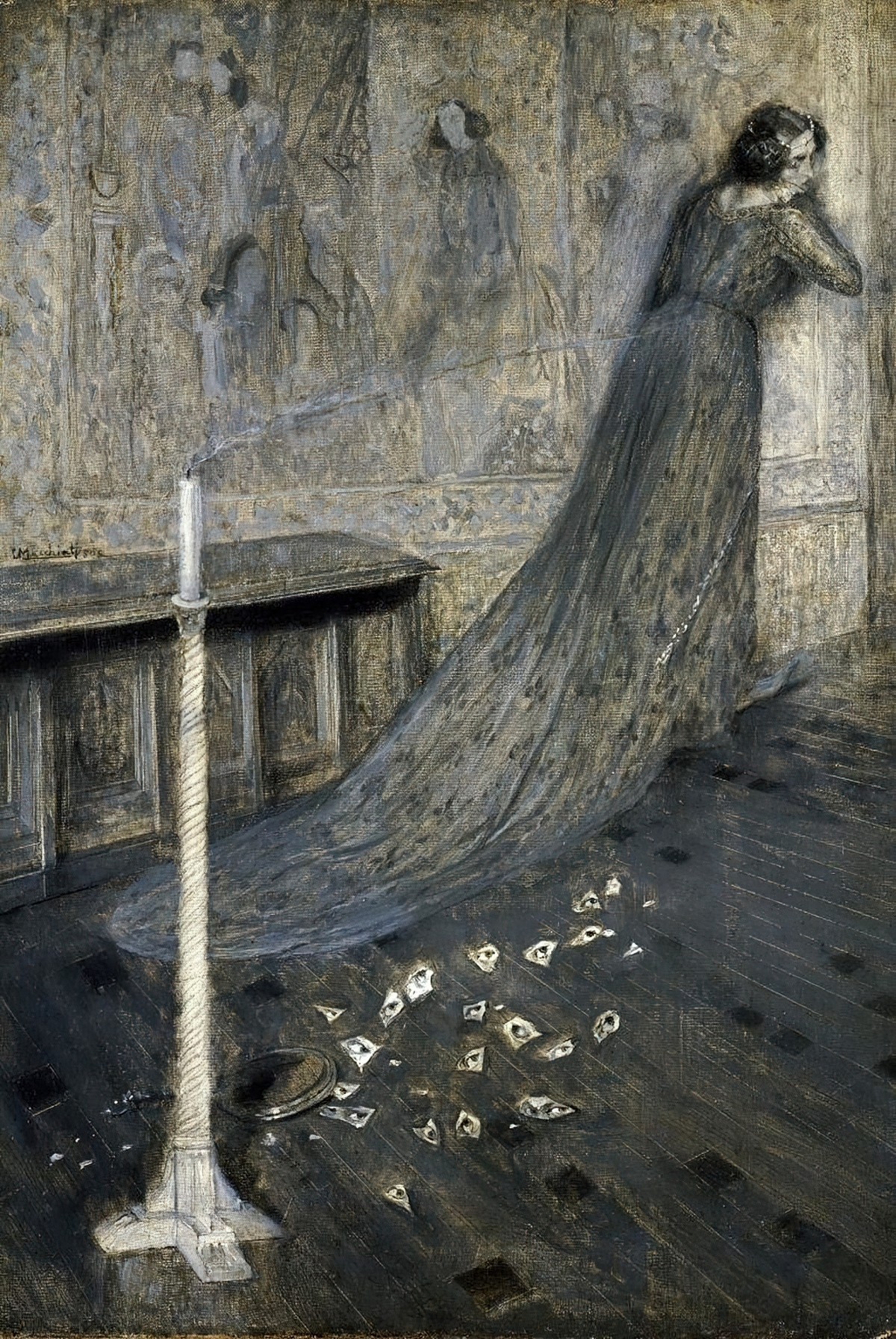
Lighting in Antiquity
Sweal: to burn slowly; to melt and run down, as the tallow of a candle; waste away without feeding the flame.
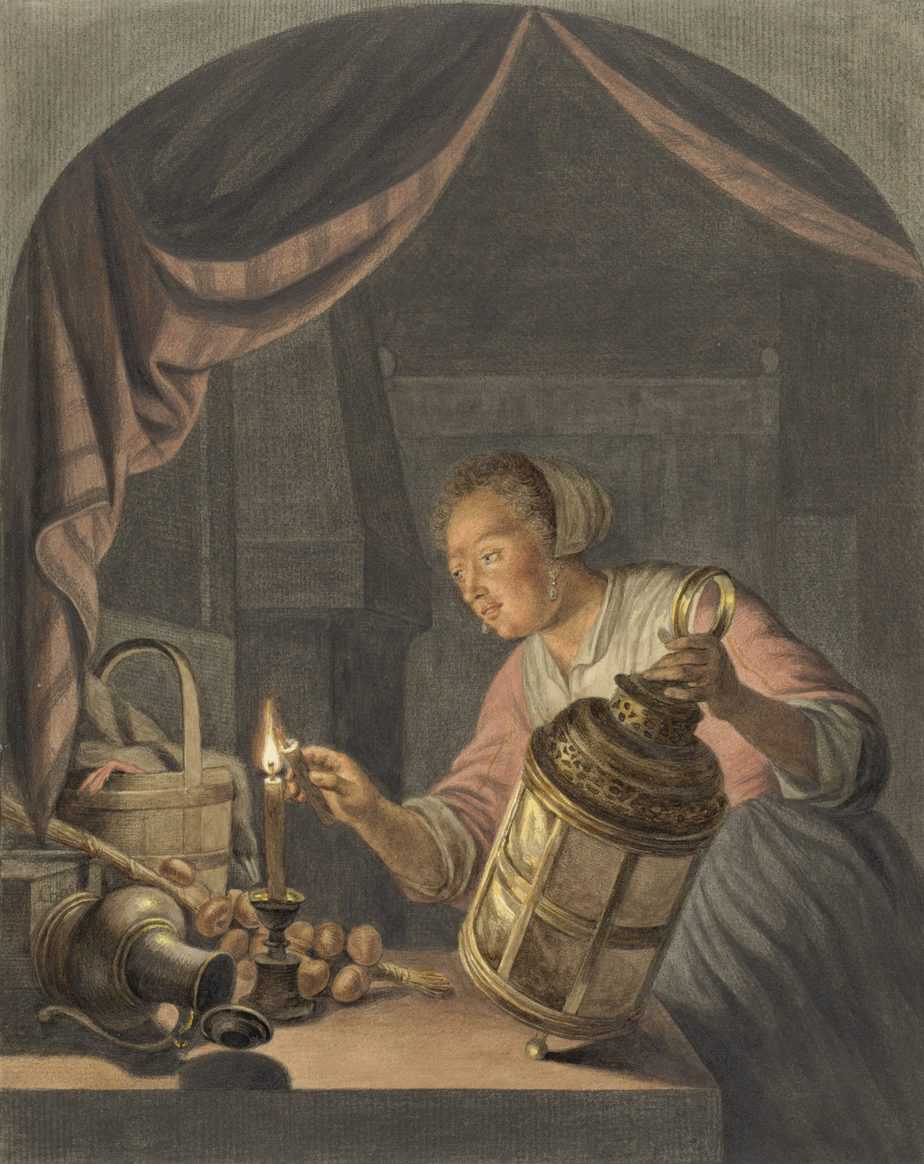
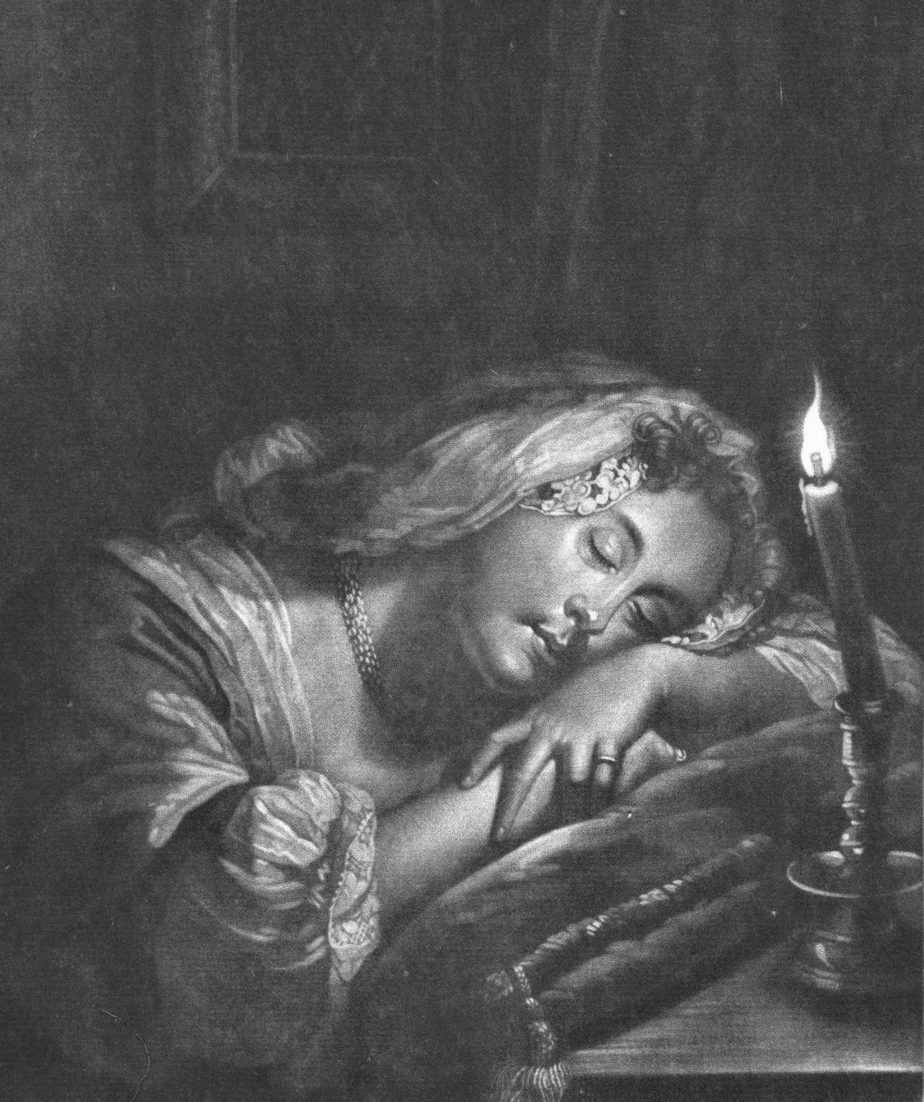
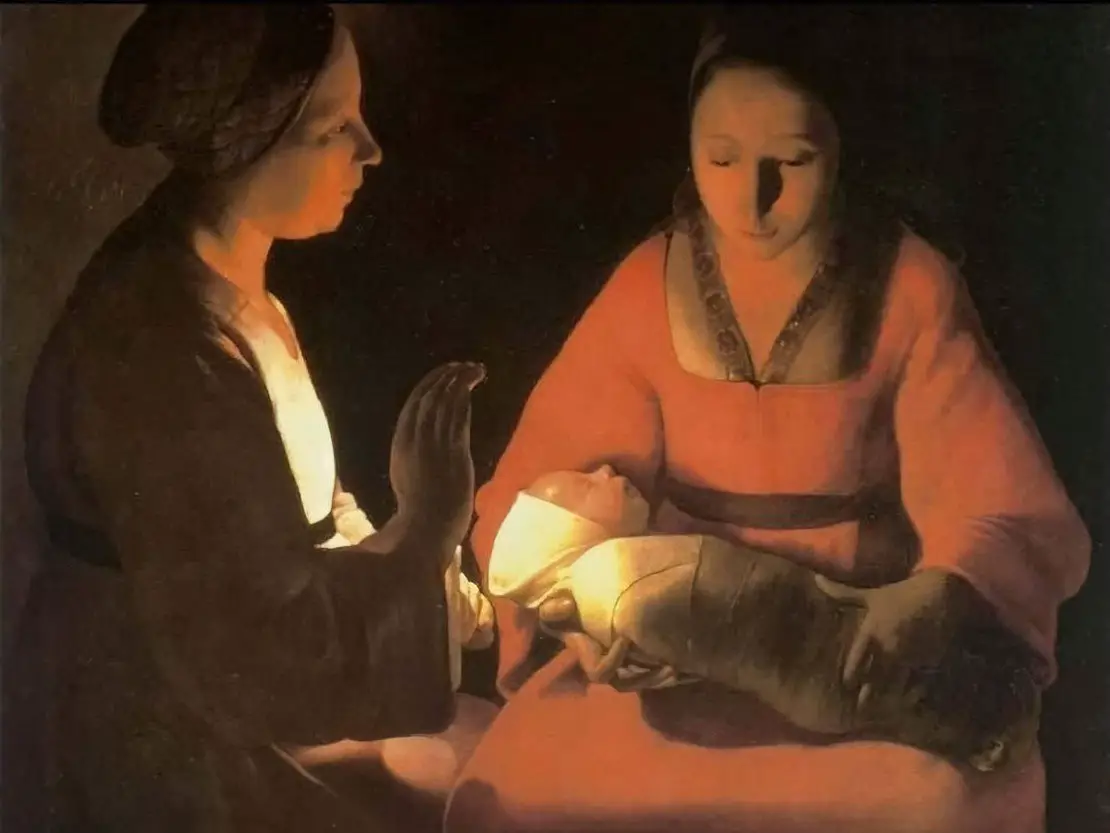
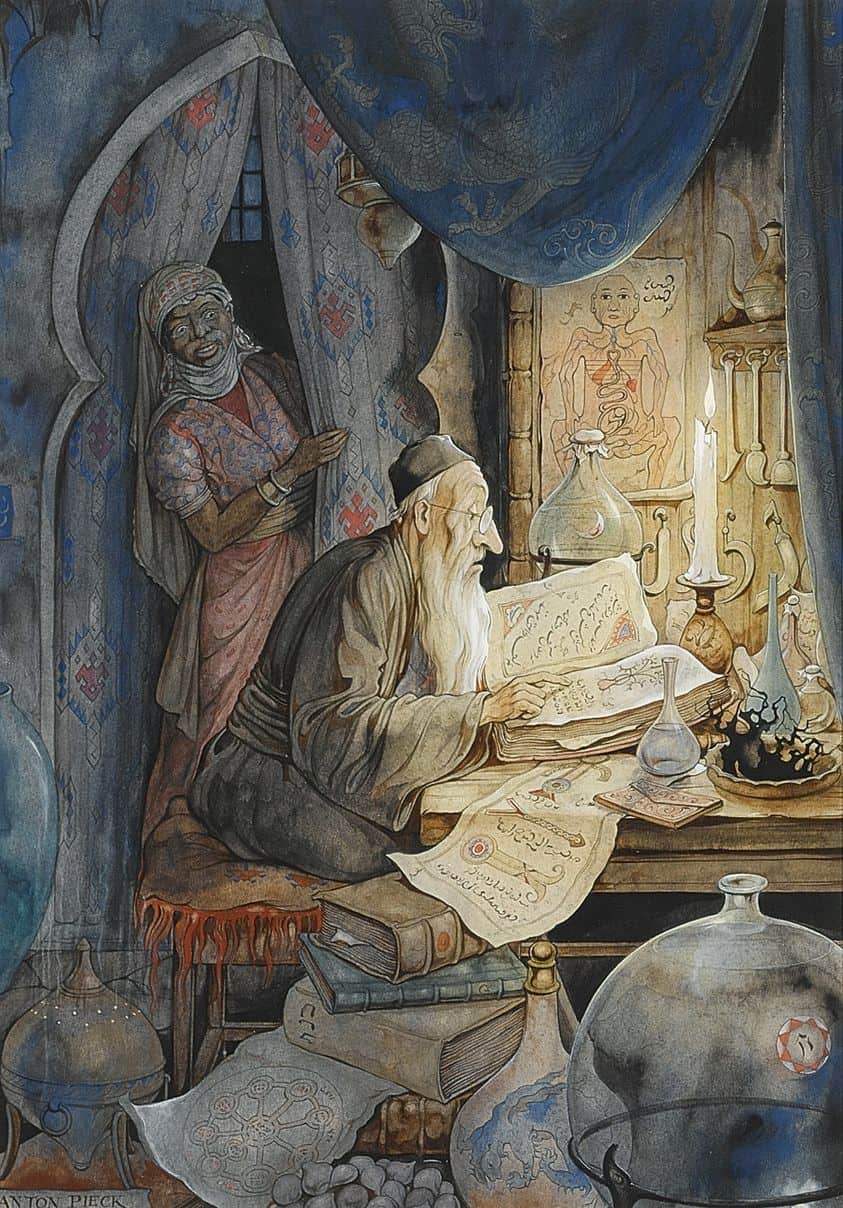
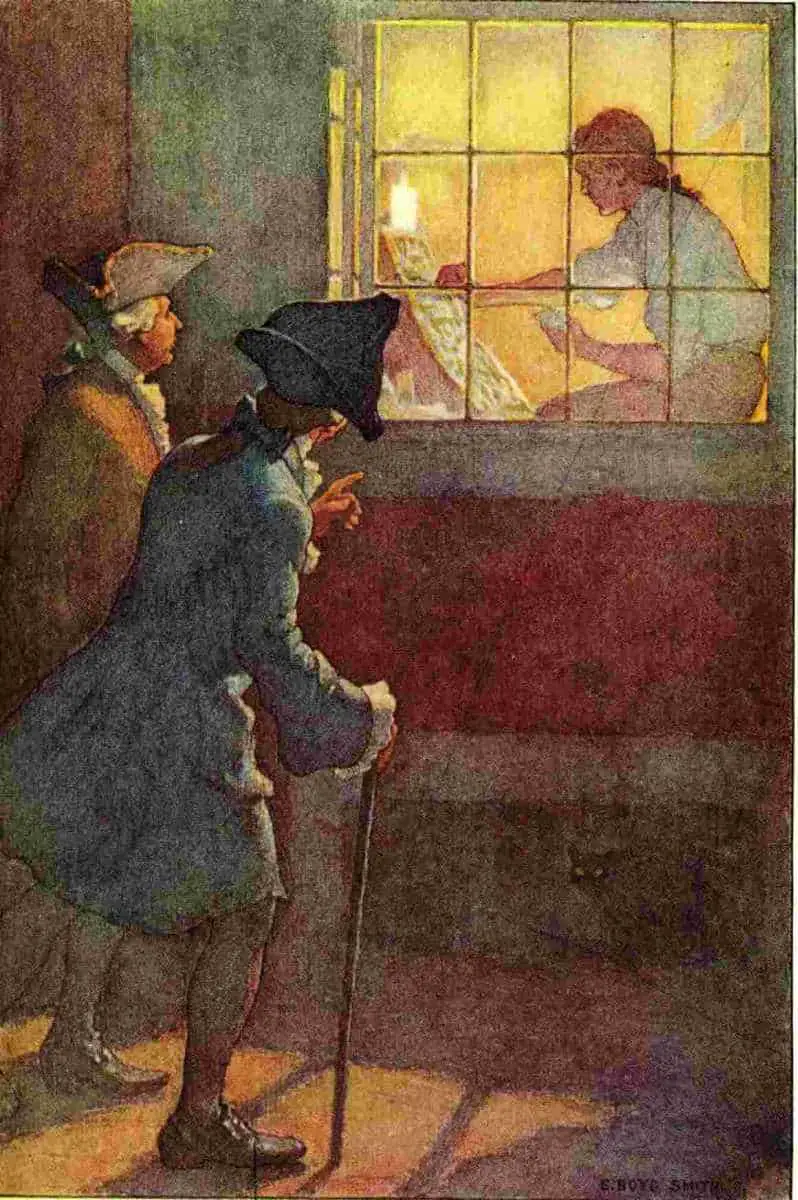
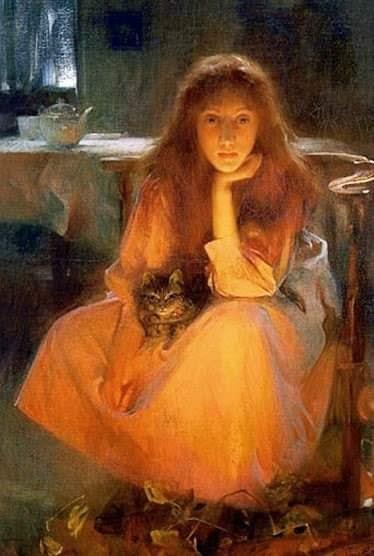
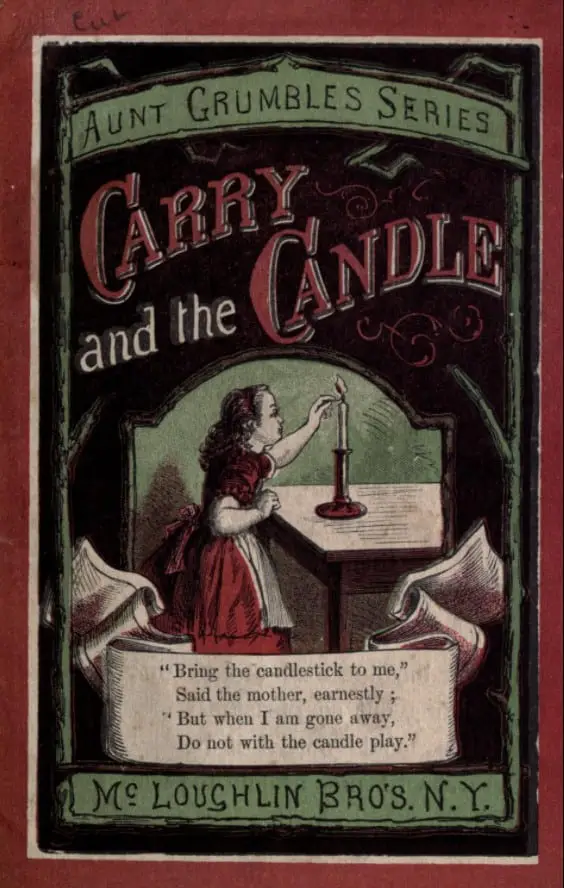
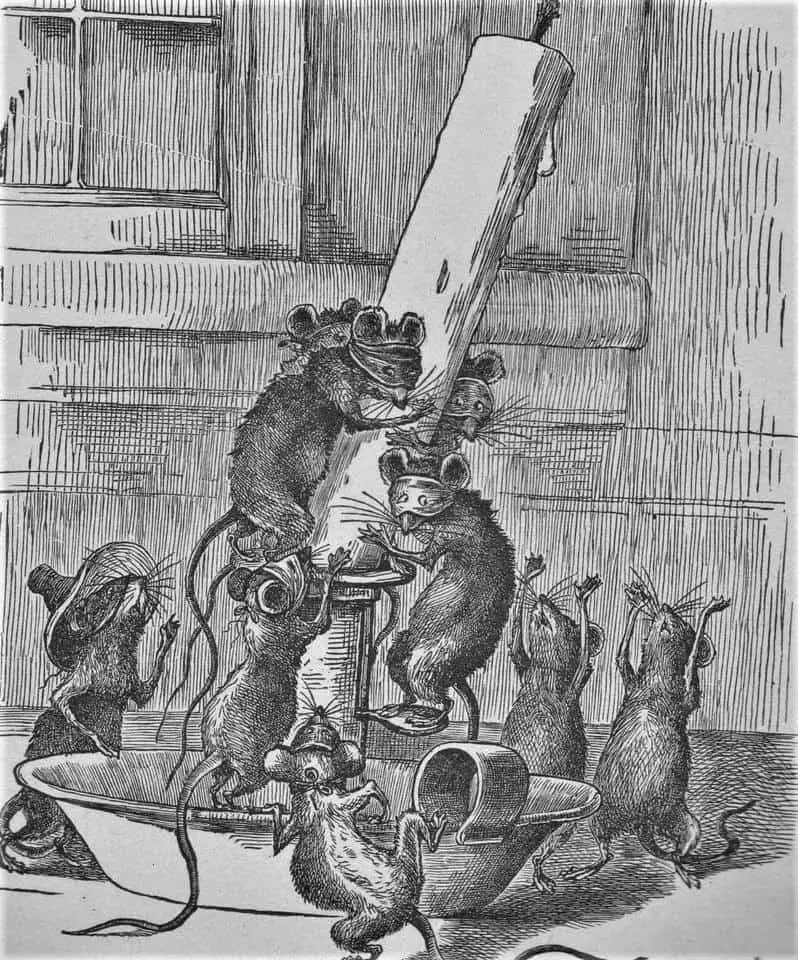
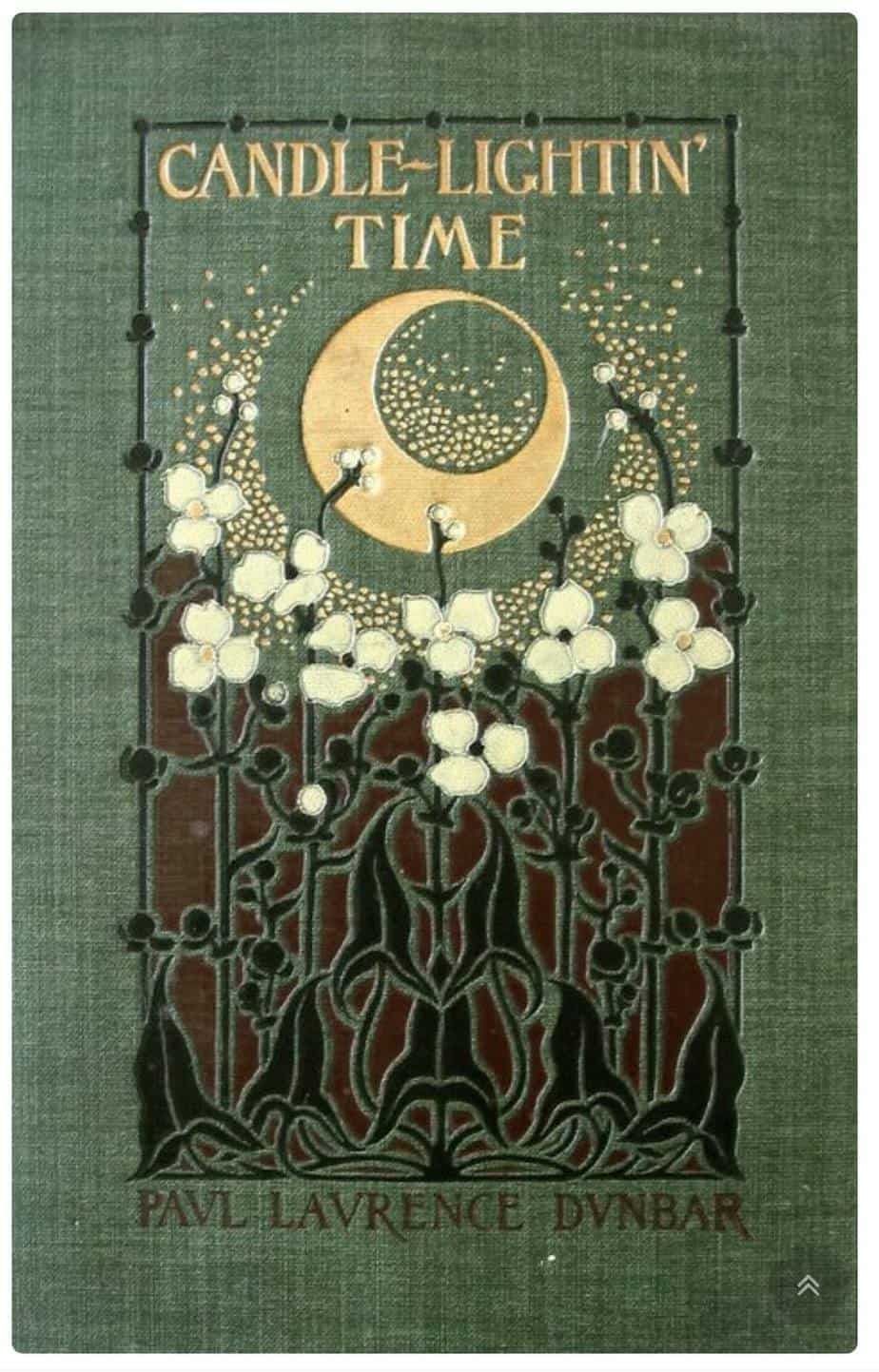
Candles are a very old invention, used by the Phonecians before A.D. 400. Symbolically, candles are symbols of individuated light. They stand for the life of an indivdual as opposed to the cosmic and universal life. (Lamps function in the same way.)
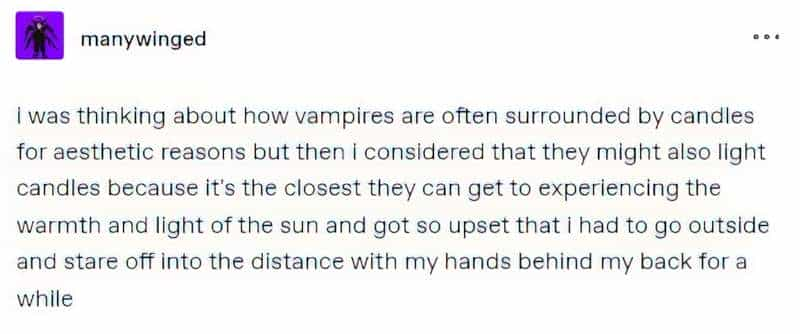
By the Middle Ages, we know that people were making use of torches and crude oil lamps. But the candle was still the best lighting solution. Leonardo da Vinci tried to invent a better oil lamp but didn’t manage it.
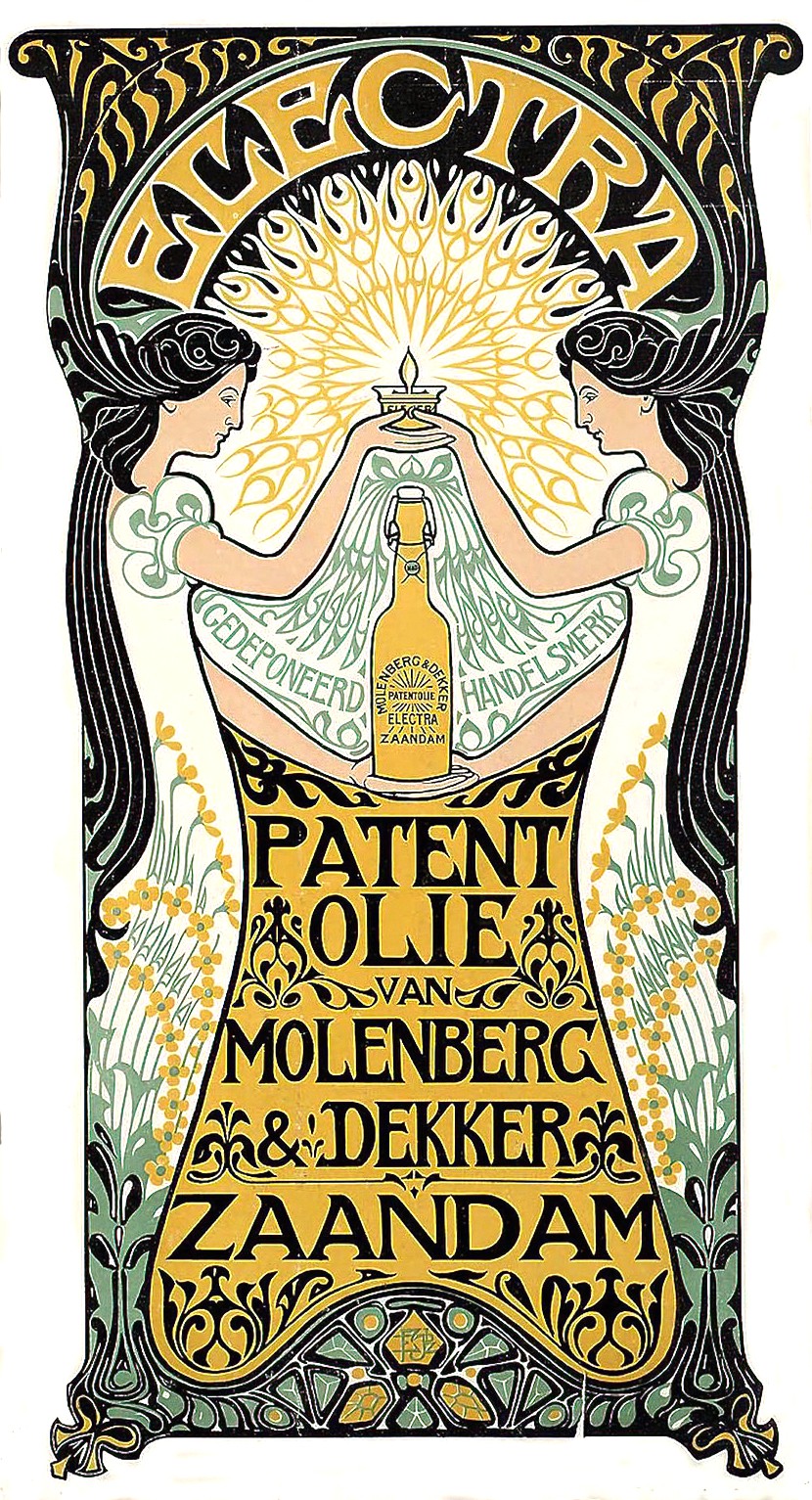
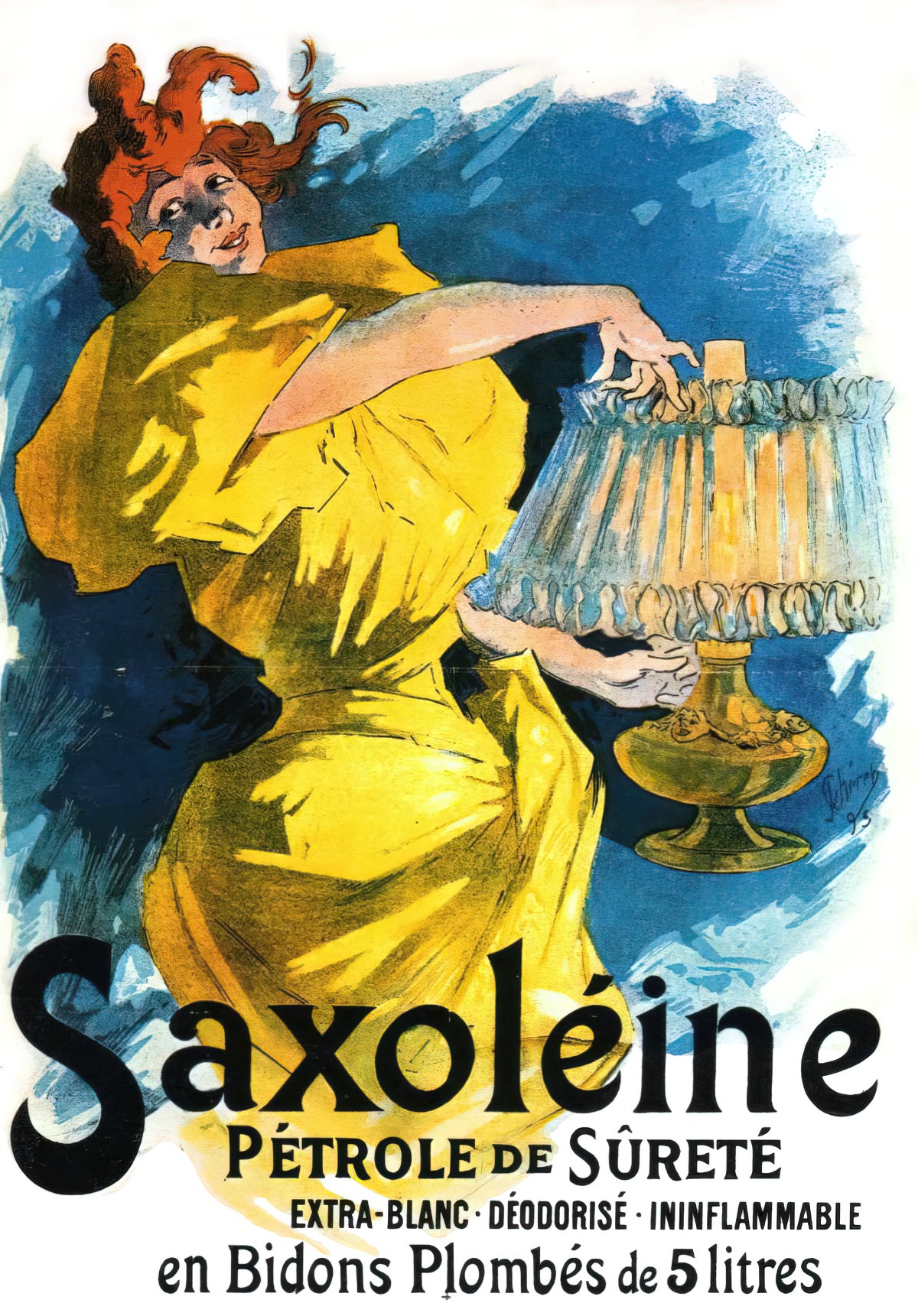
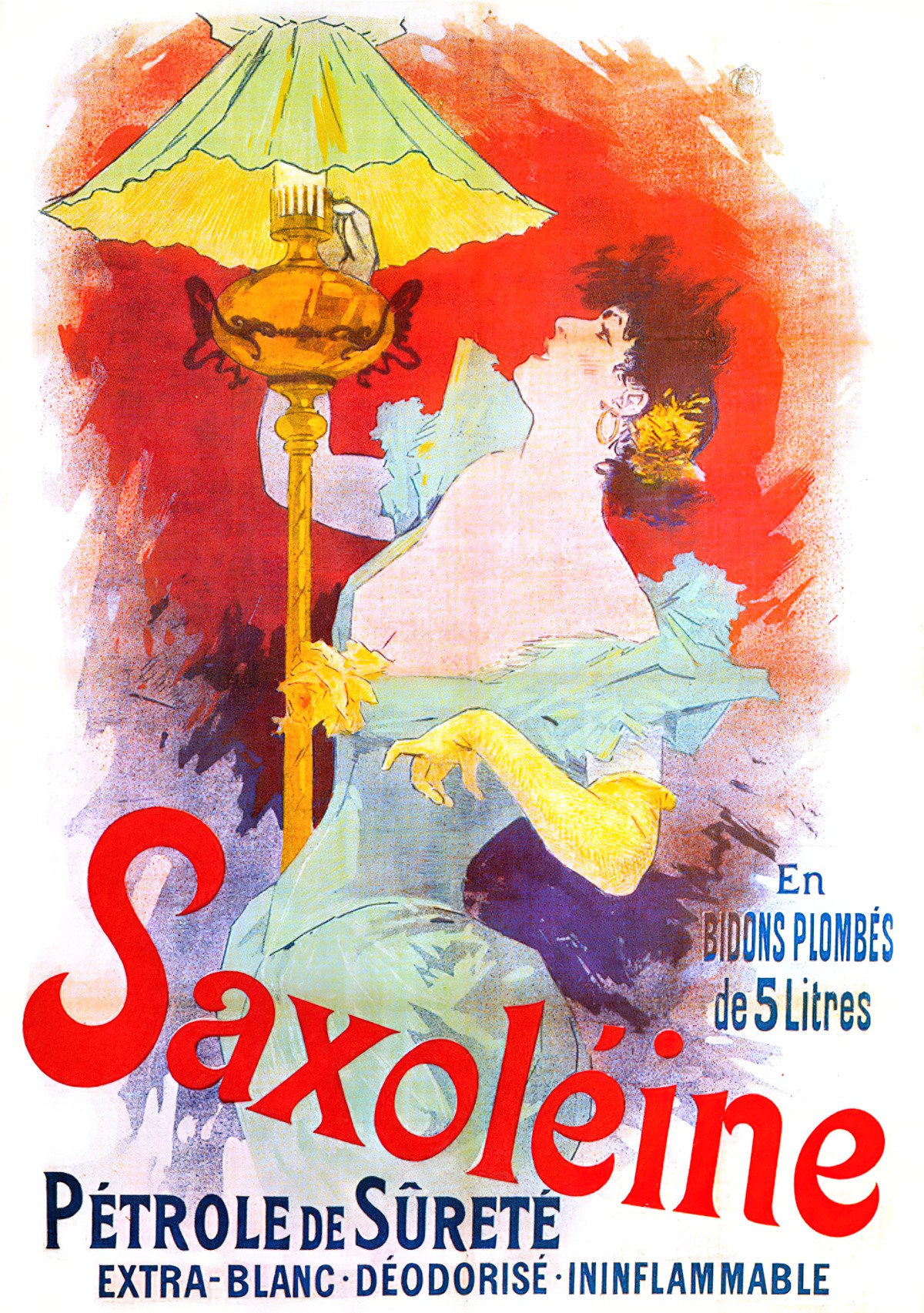
Homes were therefore poorly lit, and people from the higher latitudes lived a significant portion of their waking hours in the dark. After all, it takes 100 candles to equal a typical modern lightbulb. In big, rich houses, the person whose job it was to light, snuff and replace all the candles had their work cut out for them.
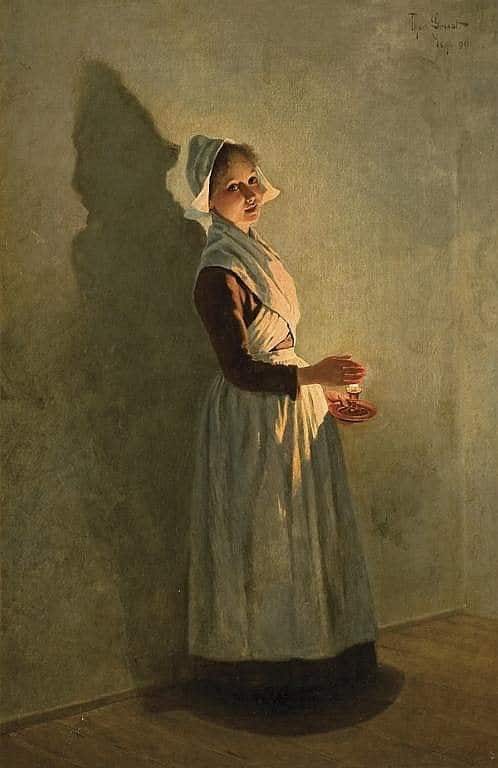
Save-all: A kind of candlestick used by our frugal forefathers, to burn snuffs and ends of candles. Figuratively, boys running about gentlemen’s houses in Ireland, who are fed on broken meats that would otherwise be wasted; also a miser.
Soldiers Pomatum: A piece of tallow candle.
from a dictionary of slang published 1703

Light was expensive. Rich folk in the middle ages moved from tallow (which burns smokily, depending on the mix) to beeswax when they could afford it. Beeswax has a pleasant aroma and burns cleanly.
In America where there are plenty of pine forests, candlewood was used. Some cultures made use of a particularly oily bird. It gets quite grim, actually. Apparently thieves in the sixteenth century sometimes used the fingers of babies, mostly to scare people they burgled into complete submission. The ‘hand of glory’ was a candle made from the severed hand of a hanged convict. It was turned into a candle using tallow also made from a hanged corpse. Once lit, it was supposed to render the members of the household unconscious. (If this actually worked, I don’t know how it didn’t render the thieves unconscious as well.)

Animal fat candles are not pleasant. It is smelly and also irritates the eyes. Perhaps this is part of the reason why cooking smells were so despised. (Victorian houses are built with the kitchen a significant distance from living areas.) One can only take so much of burning fat, and I wonder if that smell was connected to poverty, since rich people could afford beeswax candles.
Carrying a candle at night was thought to be a bit wasteful (as was burning a candle during the day ‘burning daylight’) because a moving candle uses more fuel unnecessarily. This meant that people made their way to bed in the dark and more than people are these days, were very familiar with the layout of their homes. They would know how many steps were on the staircase for instance. They might clap in a new environment to gauge the size of the room. In other words, even sighted people used some techniques nowadays really only understood by visually impaired people.
Compared to today, neighbours were very neighbourly, helping each other at night. But more so than today, they were very wary of strangers and would not venture outside to help someone they didn’t know.
Like clothes, even lights were regulated according to social rank. Rich people were allowed to carry more lights at night than peasants.
Without electric light, pre-industrial people were able to distinguish between different levels of darkness. For example there was pit-murk (a black gloom) and a different shade of darkness with a full-moon out. Lowry, darkling, pitch dark (in reference to the tarry resin of pine trees.” Blind nights.
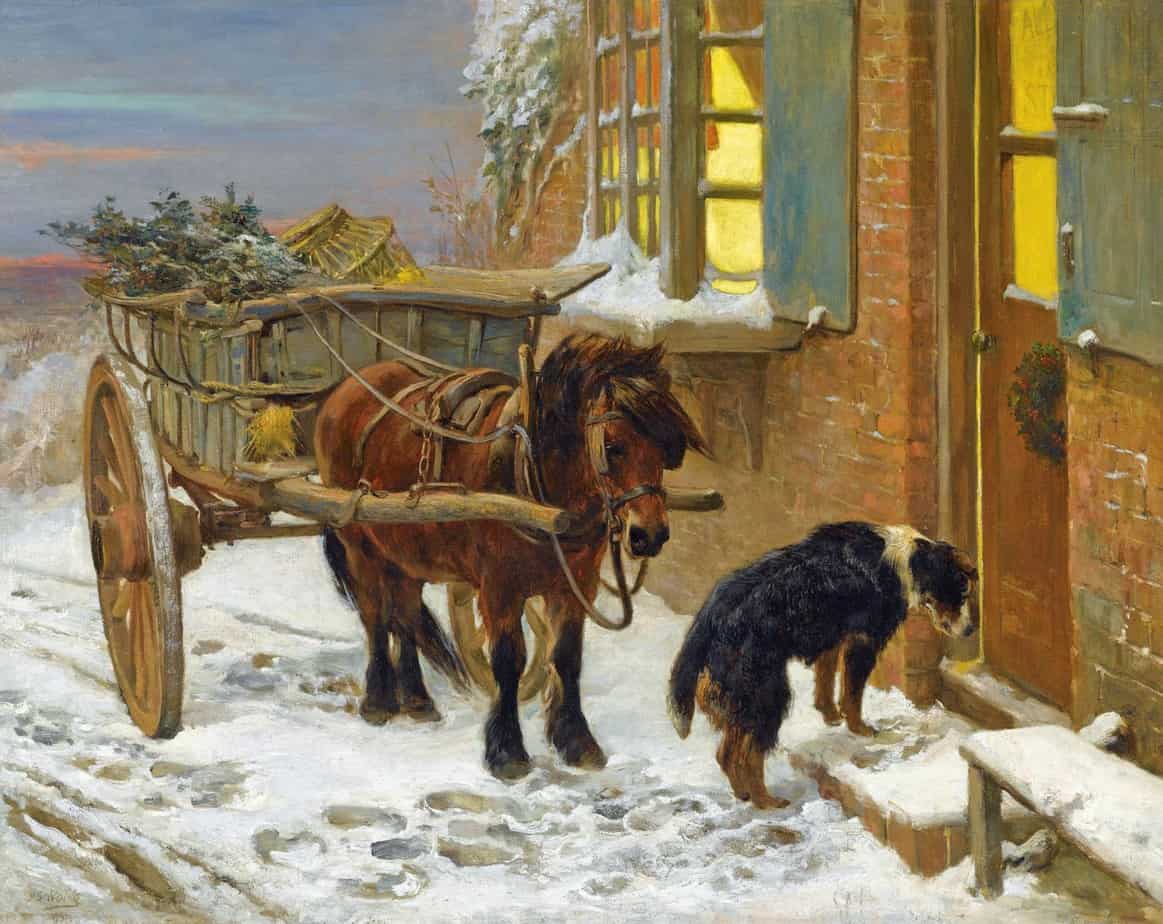
Why did houses take so long to be well-lit?
BARRY LYNDON (1975) Kubrick and Alcott (Most houses, that is.)
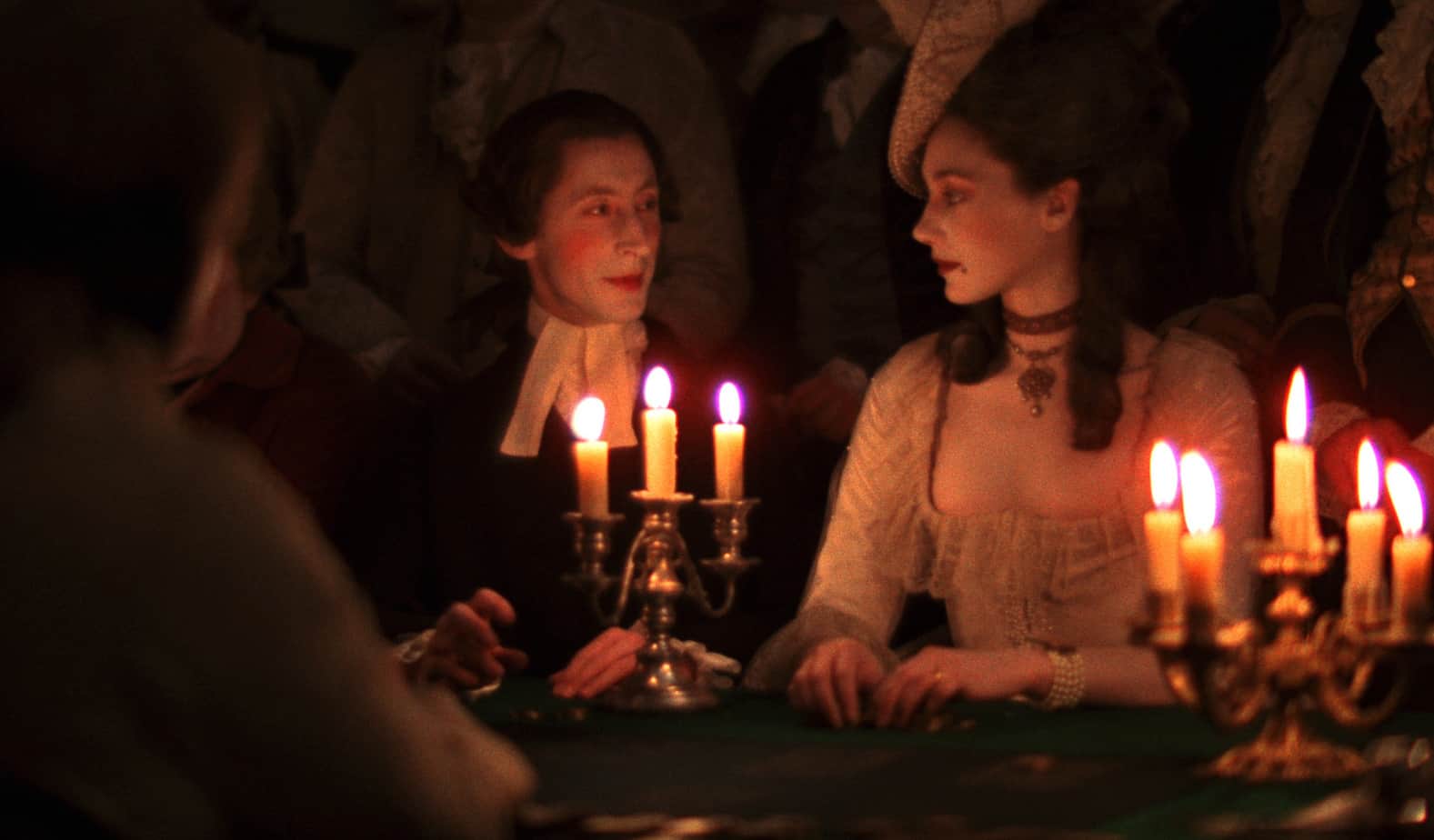
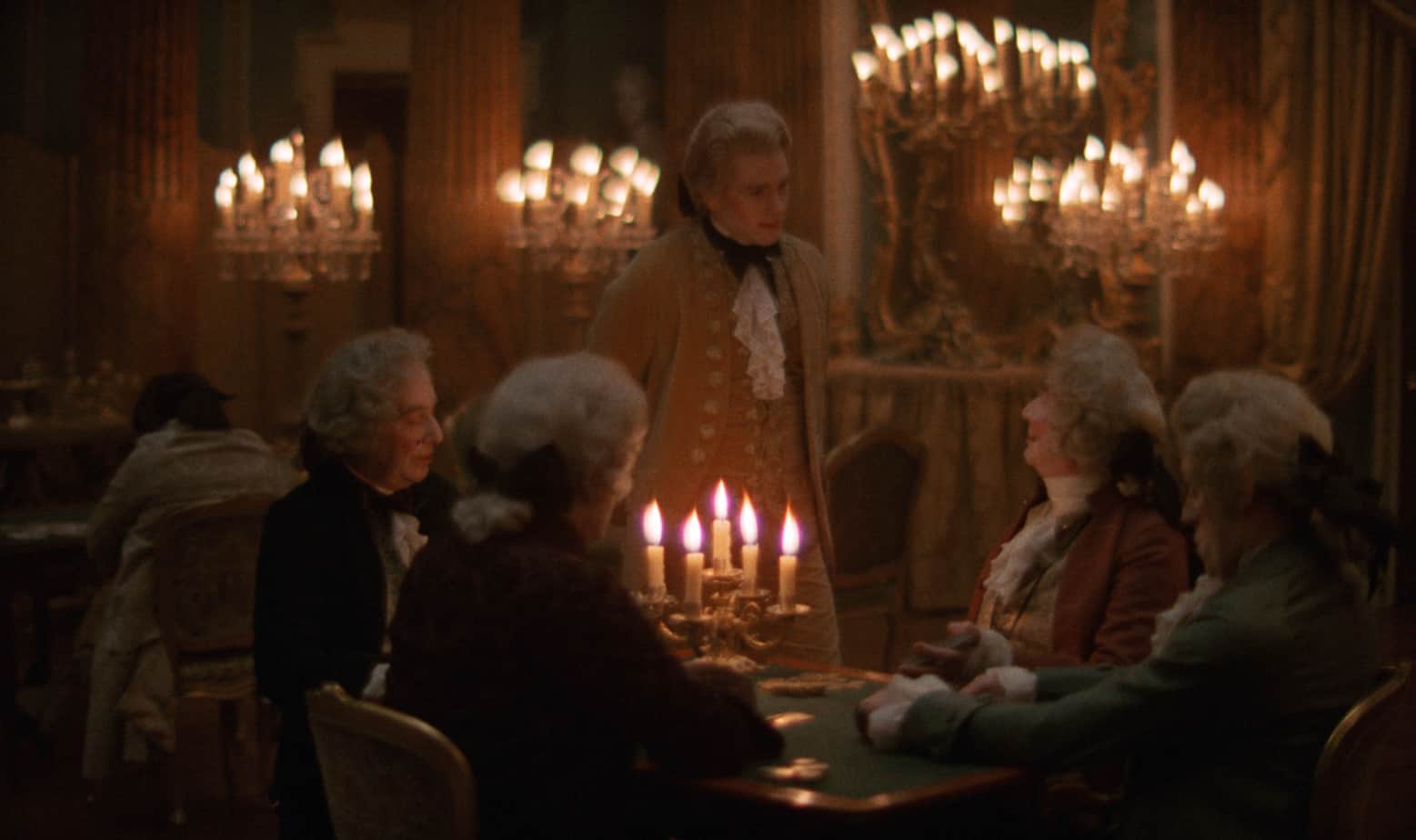
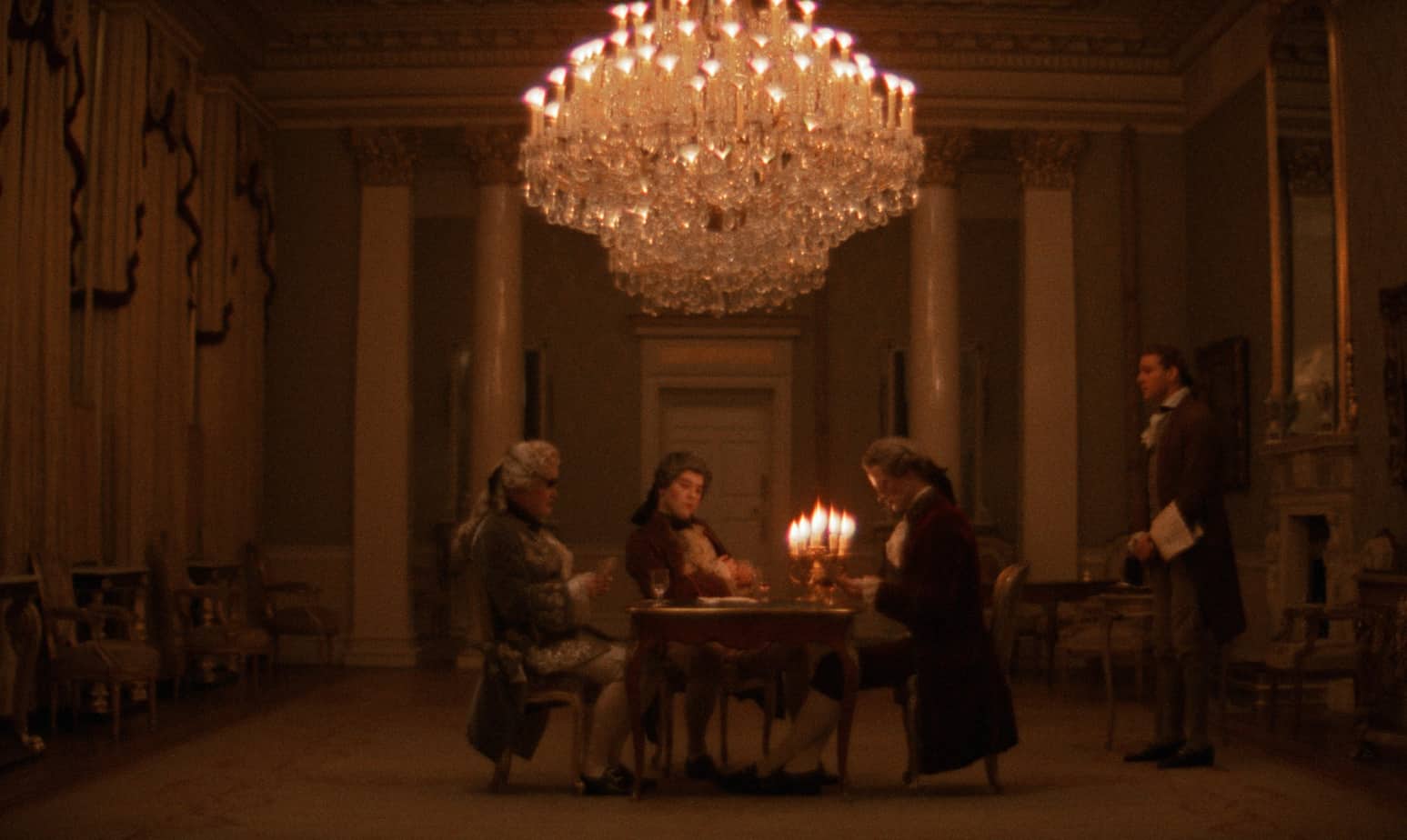
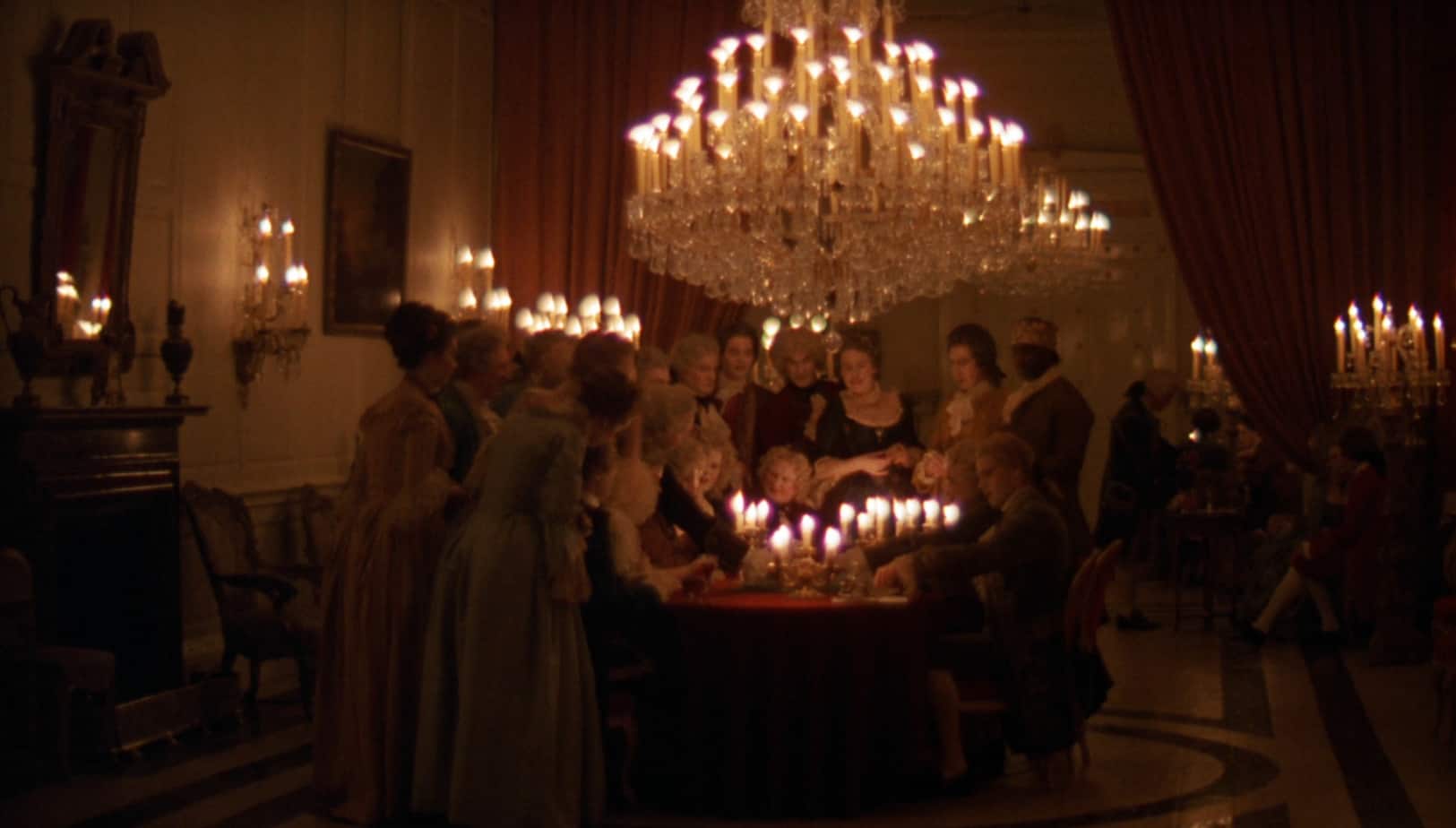
I had previously assumed that those who could afford lighting acquired it as soon as it was available, but apparently this was not the case. In the 1850s, Buckingham Palace was still lit by candles, but this was expensive. The more frugal Prince Albert did his best to reduce this bill.
People were not chomping at the bit to light their homes with electricity. Numerous commentators have asked why not, and opinions vary:
The eighteenth-century home incorporated no major innovations in domestic technology. It has been suggested that as long as large numbers of servants were available to light the candles, tend to the fireplaces, heat up and carry water, and empty the chamber pots, there was not much incentive to improve lighting, heating, water supply, and sanitation. If this were the only reason, however, one would expect the number of servants to have decreased immediately before any technological improvements took place, and there is no evidence that this was the case. Moreover, not all domestic improvements were concerned with saving labor, some, like better heating and ventilation, or brighter illumination, were qualitative meliorations that had notion to do with servants. The reasons for their slow appearance must be sought elsewhere.
Architecture was not practiced as a business but was considered an art, and it was carried out by gentlemen, not by journeymen, and more often than not by skilled but untrained amateurs—dilettantes. Houses were built one at a time, and since the architect was not a contractor, he was not in a position to introduce substantive innovation to the building process.
Home, Witold Rybczynski
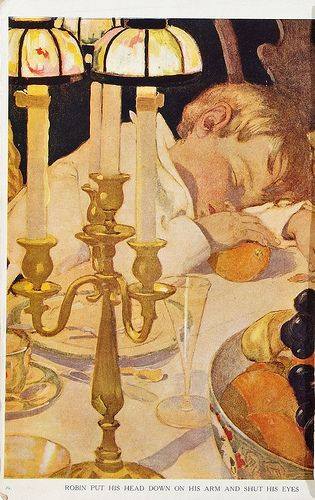
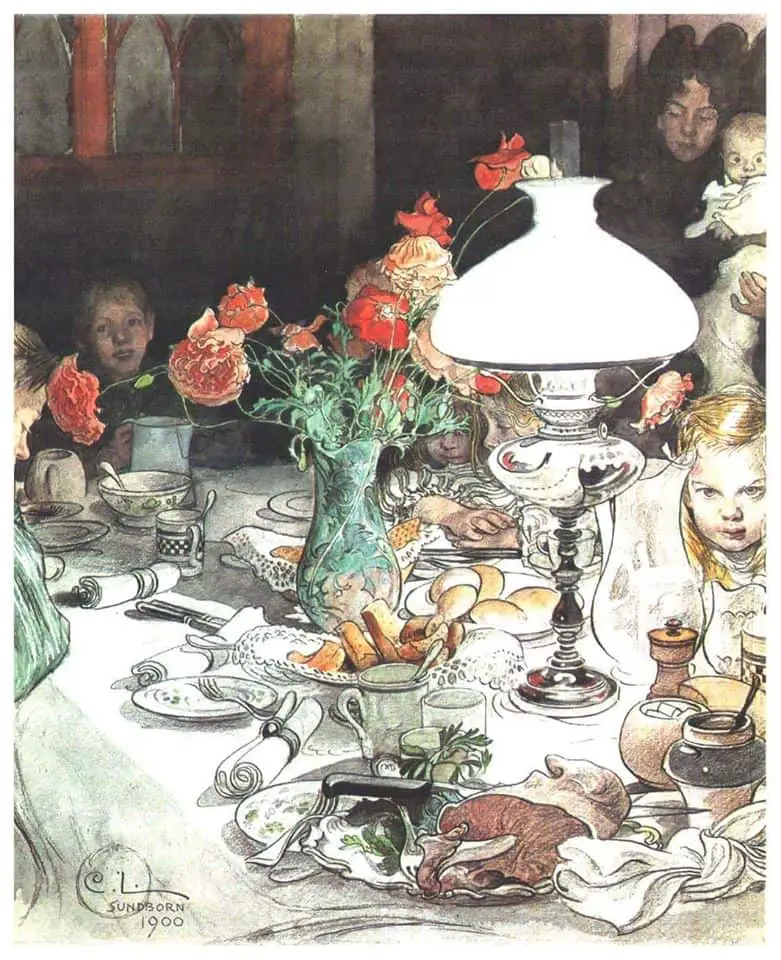
There’s a scene in Downton Abbey in which Violet, played by Dame Maggie Smith, expresses disapproval at a well-lit evening room, shielding her face with a fan as if caught naked. The message is clear: Violet does not like well-lit rooms because low light is kinder to the older woman. I had never thought of this before, but perhaps the unflattering, harsh nature of artificial lighting, combined with the requirement that women remain youthful and beautiful, was as much a reason to avoid its installation.
So what changed? 1783 was a big year for lighting. A Geneva physicist by the name of Ami Agrand invited a new type of lamp. If you see this lamp in a painting, you’ll know the painting was done after 1783. Here’s an example. This lamp was still only about as bright as 6 candles, but now allowed for reading, sewing and playing cards (at least for young people).
Kerosene lamps came next, and this kicked off the petroleum industry. These were dangerous. You never knew if you were going to light up a room or start an inferno.
I came into the world one stormy Friday in 1920, the year of the scourge. The evening of my birth the electricity went out, something that often happened during storms, so they lit candles and kerosene lamps, which were always kept on hand for these types of emergencies.
the opening to Violeta by Isabel Allende (2023)
The alternative to kerosene lamps was gaslight. For all the problems with kerosene, the public were very suspicious about gas in the house, and gas lighting was first used industrially. People weren’t wrong—gas from these lamps made your drowsy if you weren’t careful, and you had to make sure to ventilate your room. The ‘noxious vapors’ were thought to tarnish metal, kill plans and destroy colouring. But it was gaslight which really changed how people lived after dark. Only gaslight was strong enough to illuminate an entire room.
What changed exactly?
- Populations became more literate because they could now read after dark.
- People realised their homes were actually pretty dirty, and they started cleaning them better. They also cleaned themselves better.
Also, as more and more labour-saving devices became available to consumers, there was more and more reason to use electricity. A scene from Remains of the Day by Kazuo Ishiguro serves to remind us that, even in the mid-century, the main reason for installing electricity in the home was for lighting purposes:
The room downstairs at the front of this cottage would appear to serve Mr and Mrs Taylor as both dining room and general living quarters. It is a rather cosy room, dominated by a large, roughly hewn table of the sort one might expect to see in a farmhouse kitchen, its surface unvarnished and bearing many small marks left by choppers and breadknives. These latter I could see quite clearly despite the fact that we were sitting in a low yellow light cast by an oil lamp on a shelf in one corner.
“It’s not as though we don’t have electricity out here, sir,” Mrs Taylor remarked to me at one point, nodding towards the lamp. “But something went wrong with the circuit and we’ve been without it now for almost two months. To tell you the truth, we don’t miss it so much. There’s a few houses in the village that’s never had electricity at all. Oil gives a warmer light.”
Remains of the Day by Kazuo Ishiguro
However, gas and gasoliers remained expensive for a long way, despite a rapid drop in price when the middle classes started using them. At the beginning of the 1800s, labouring families were still lighting their houses with smelly tallow candles, underscoring the literacy divide. Their houses remained as dark as houses in the Middle Ages.
Better lighting slowly made its way to even the poorest Europeans. By the 1880s most families owned at least oil or kerosene lamp. They all had to share it.
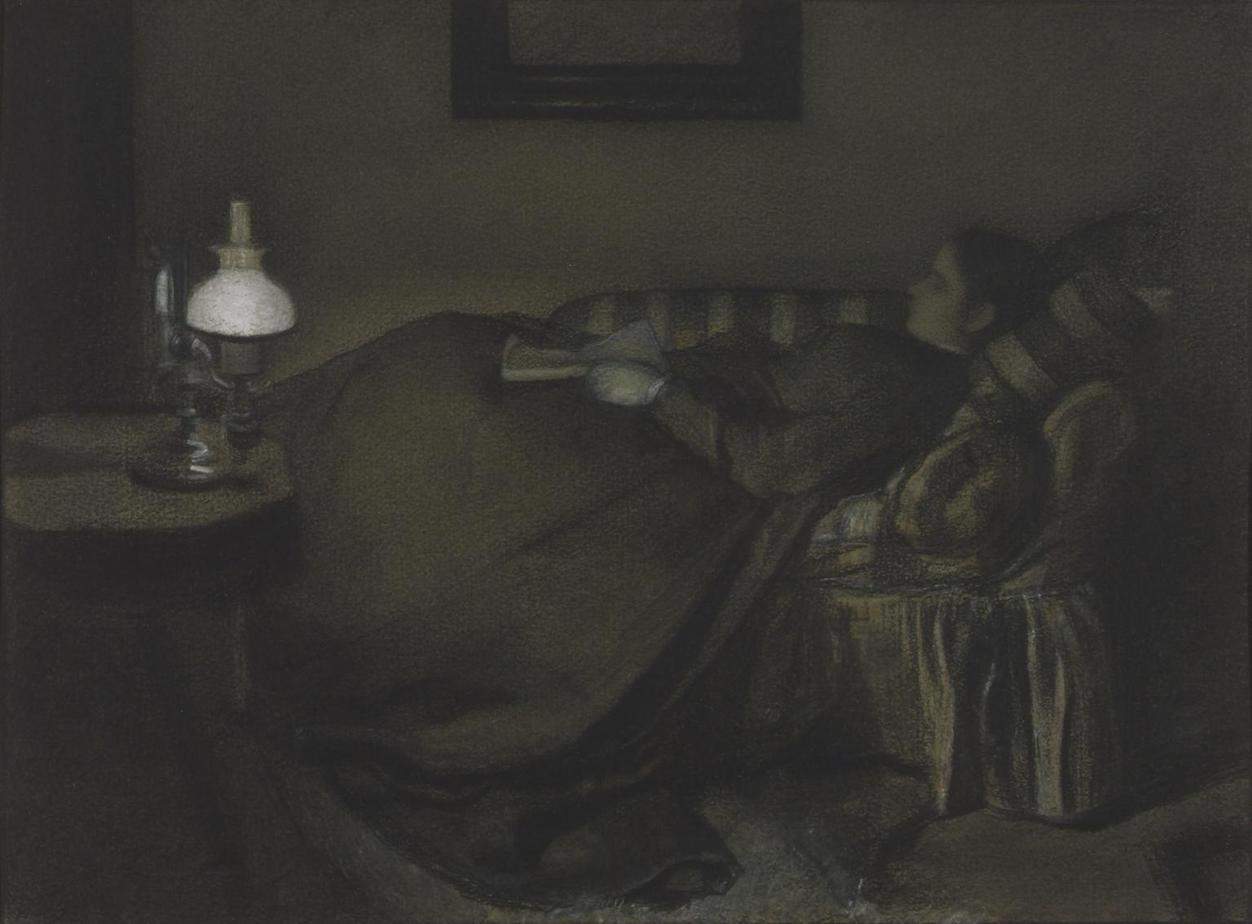
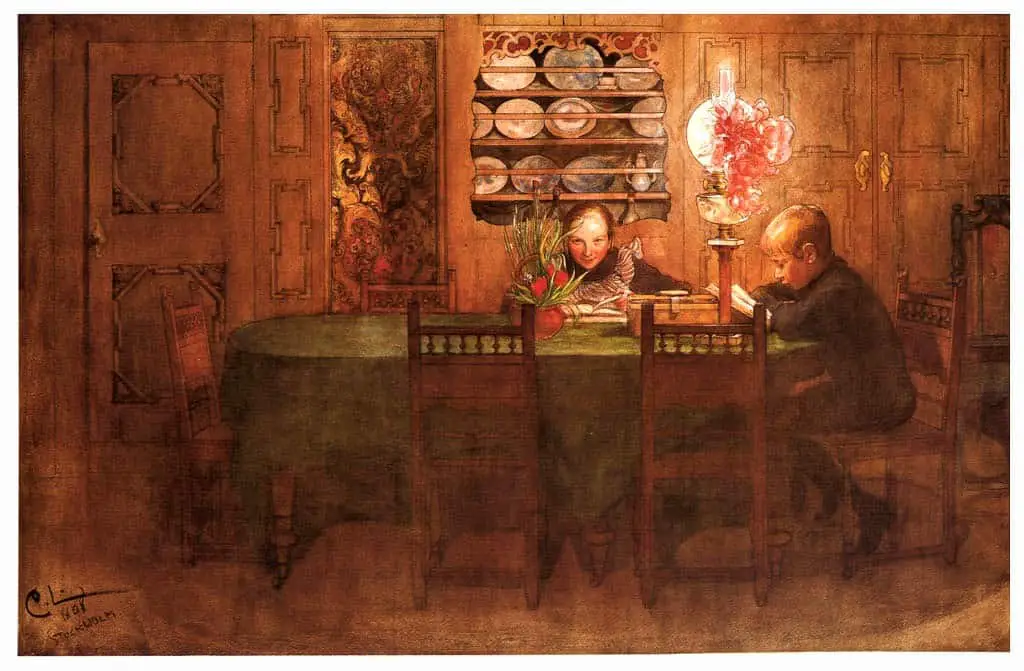
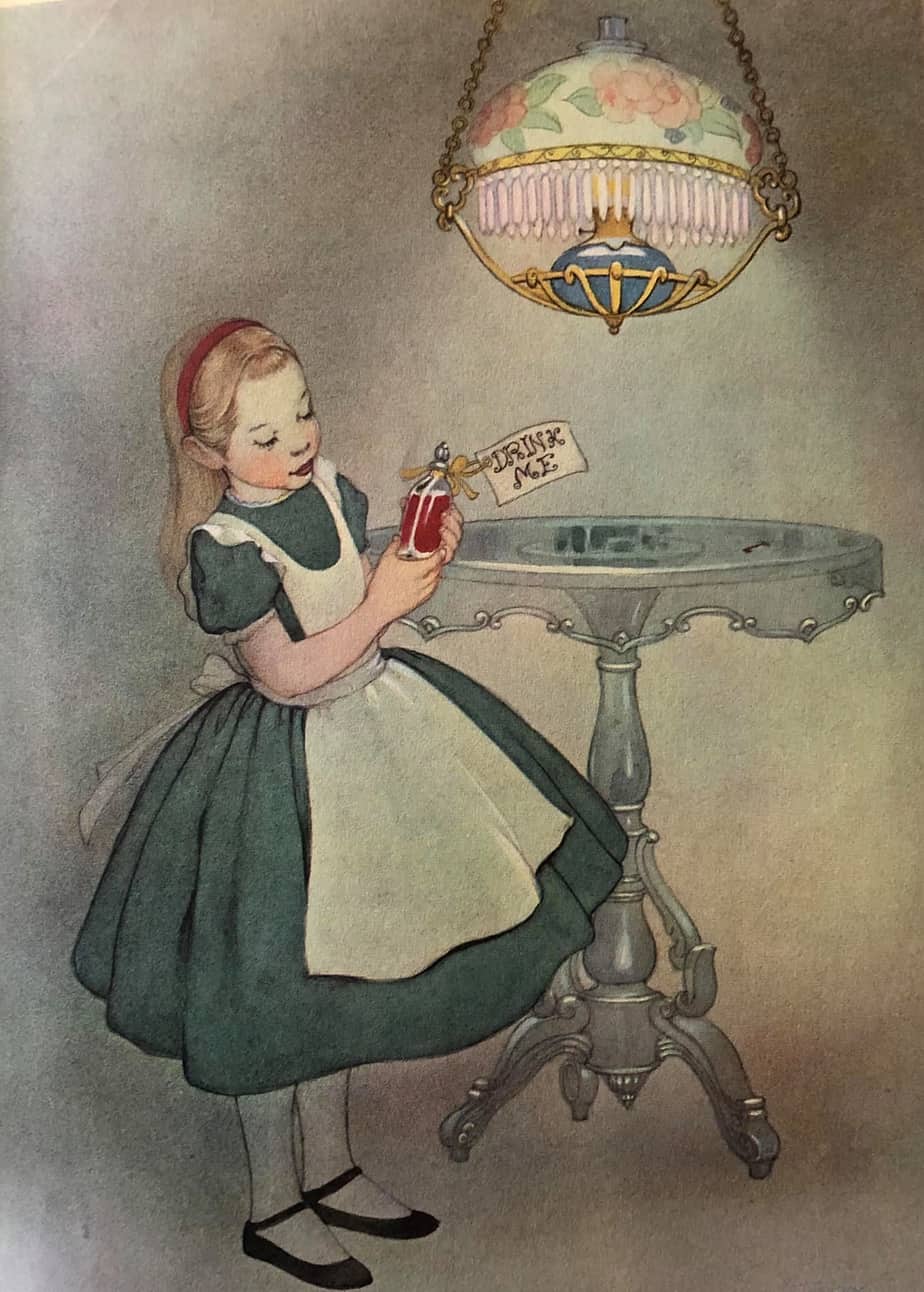
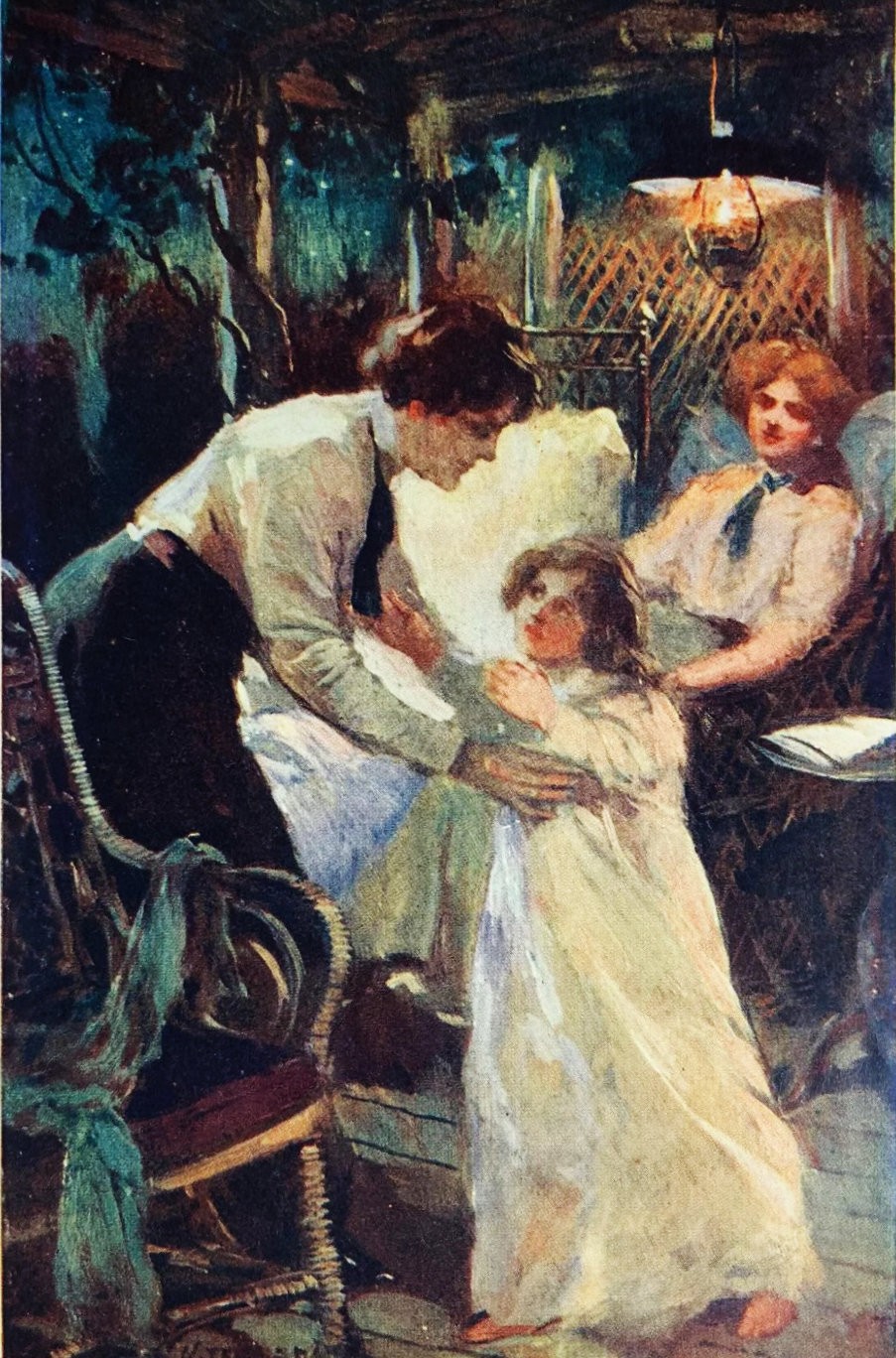
The invention of electricity threatened to damage the English gas companies so they started offering coin-operated gas meters to working-class households.
Finally, of course, electricity happened. Thomas Edison and Joseph Swan had each been independently working on carbon-filament bulbs, one in England, the other in America. In 1882, Edison did it. He built a generating station in the Wall Street area of New York, and so the wealthy businessmen of New York were the first in the world to enjoy homes lit up by electricity.
However, men still worried about women-and-children (considered one and the same). This made some homeowners reluctant to upgrade for quite a long time, and it wasn’t just due to fear of death by electrocution. Though there was that as well.
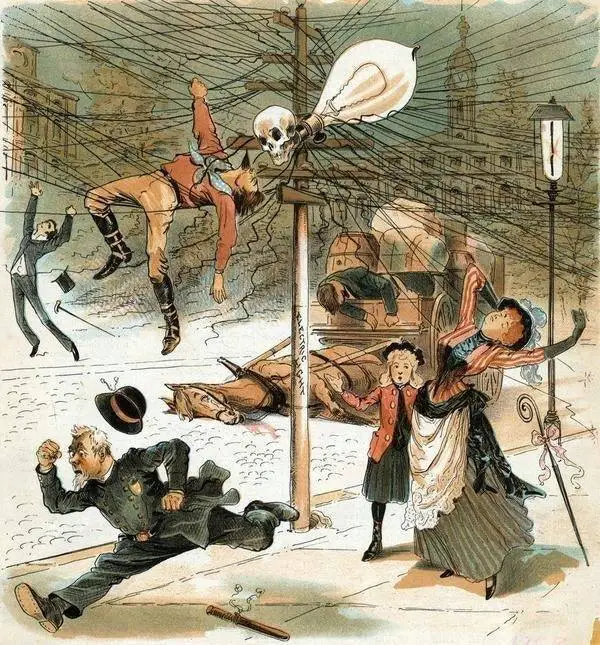
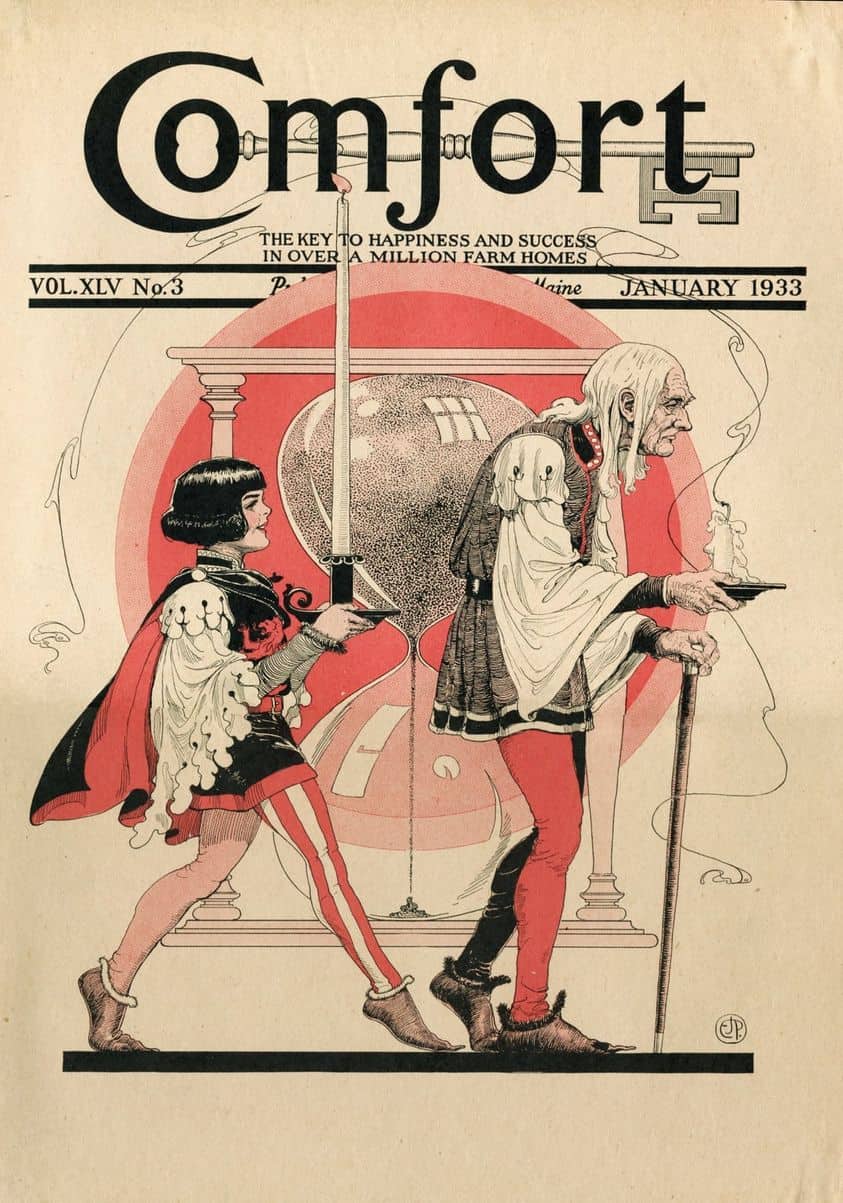
Keeping women enshrouded in darkness was the burqua of The West:
Why is it that some technologies cause moral panic and others don’t? Why was the introduction of electricity seen as a terrible thing, while nobody cared much about the fountain pen? According to Genevieve Bell, the director of Intel Corporation’s Interaction and Experience Research, we have had moral panic over new technology for pretty well as long as we have had technology. It is one of the constants in our culture. “I like the fact that moral panic is remarkably stable and it is always played out in the bodies of children and women,” she said. There was, she says that, an initial pushback about electrifying homes in the U.S.: “If you electrify homes you will make women and children and vulnerable. Predators will be able to tell if they are home because the light will be on…”
Ben Rooney, WSJ
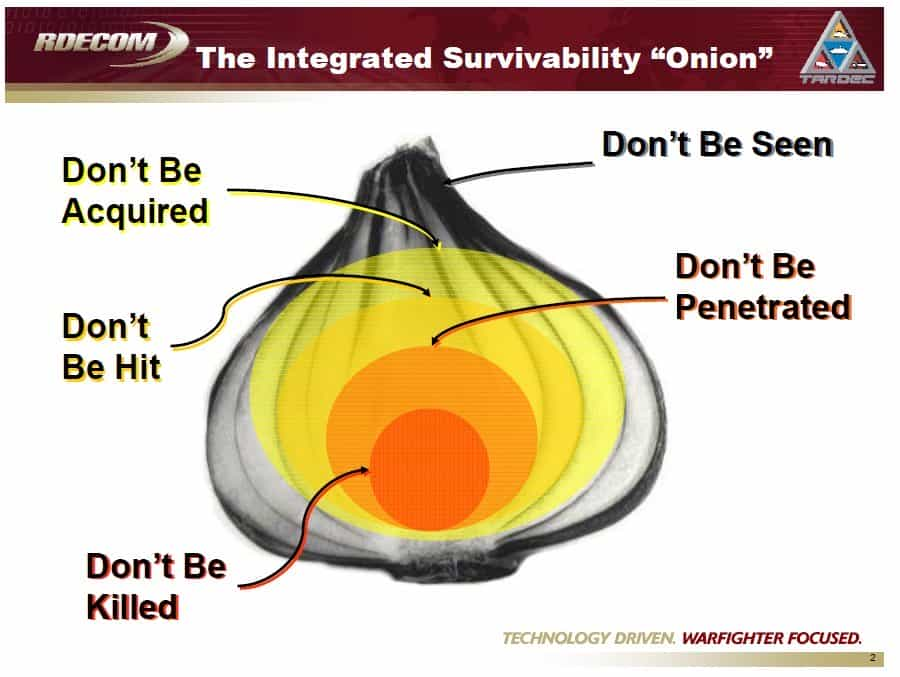
Modern Lighting
It’s now the fashion to light up your house as if it is lit (actually or artificially) by sunlight. The white and bright Pinterest house isn’t new—writing in the 1980s, Witold Rybczynski describes it as a Scandinavian influence, and a matter of fashion rather than of practicality. The all white room was popularised by interior decorators such as Syrie Maugham (1879 –1955) and Elsie de Wolfe (1859- 1950).
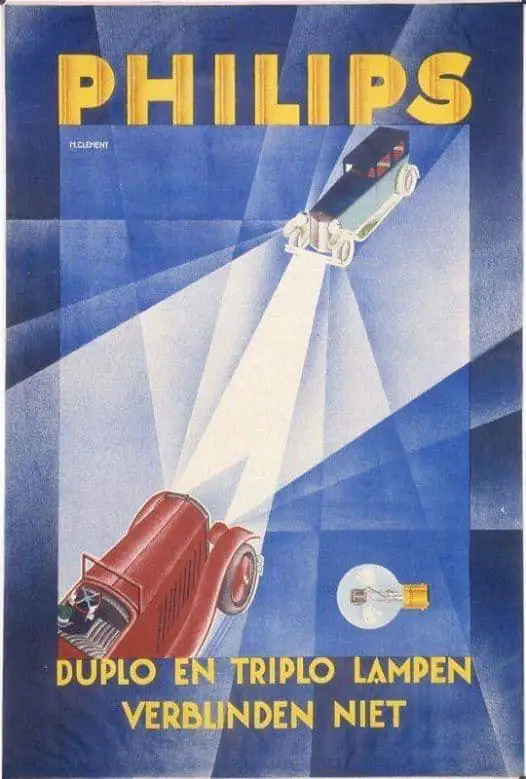
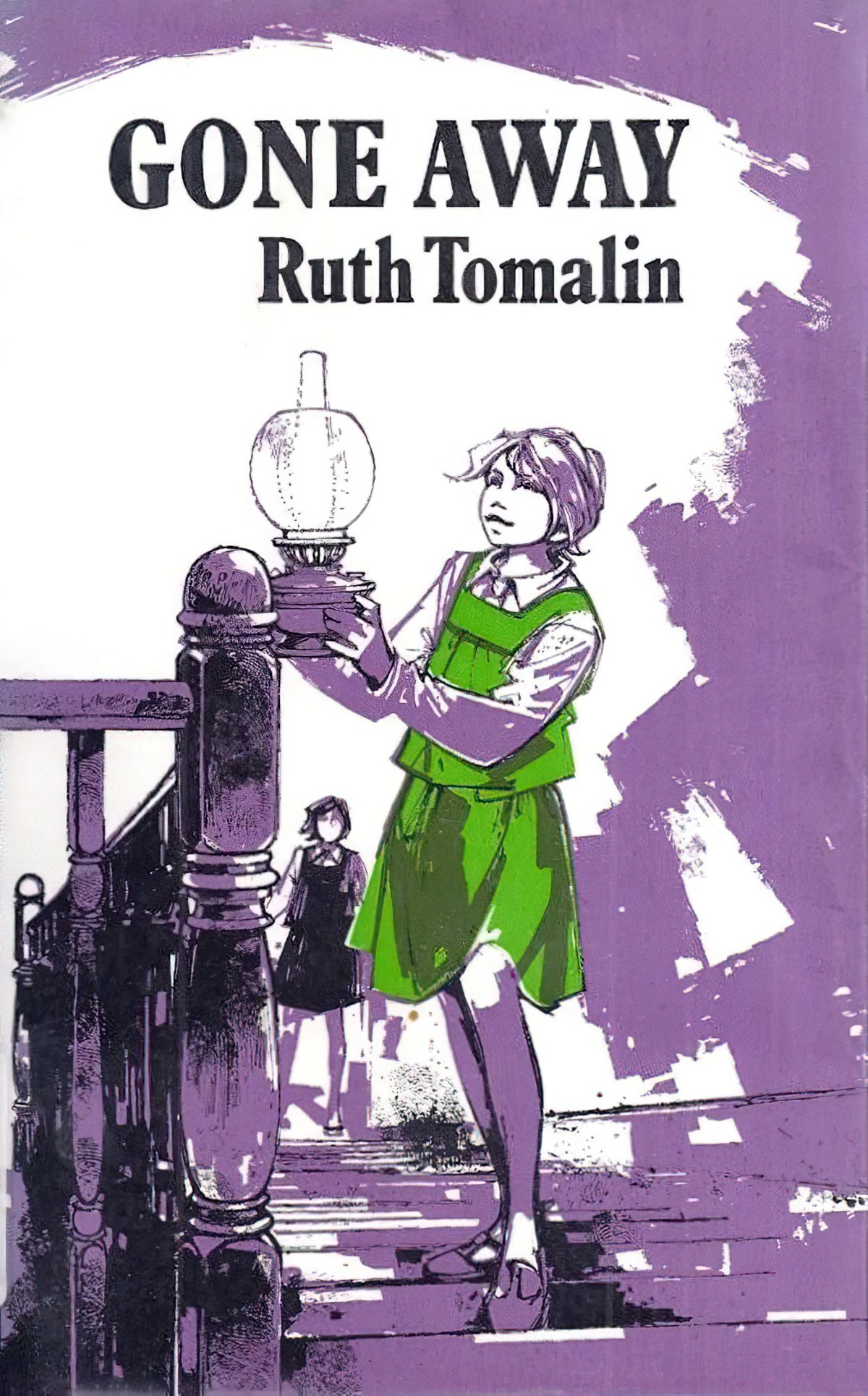
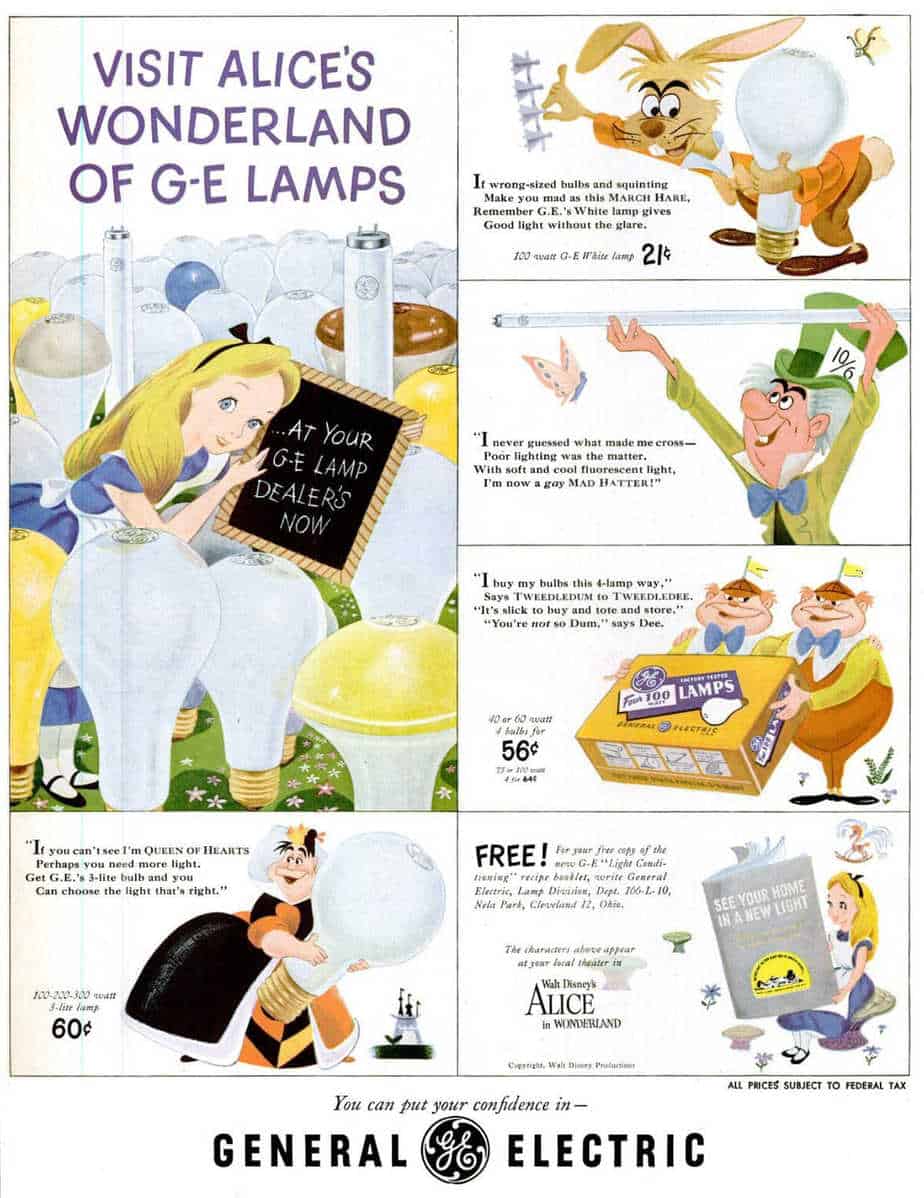
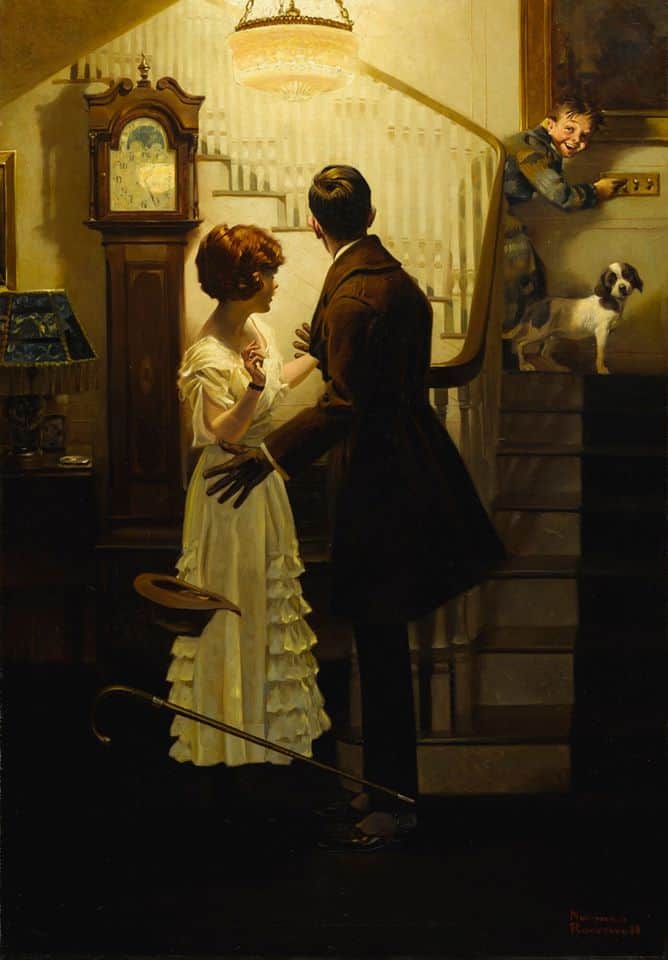
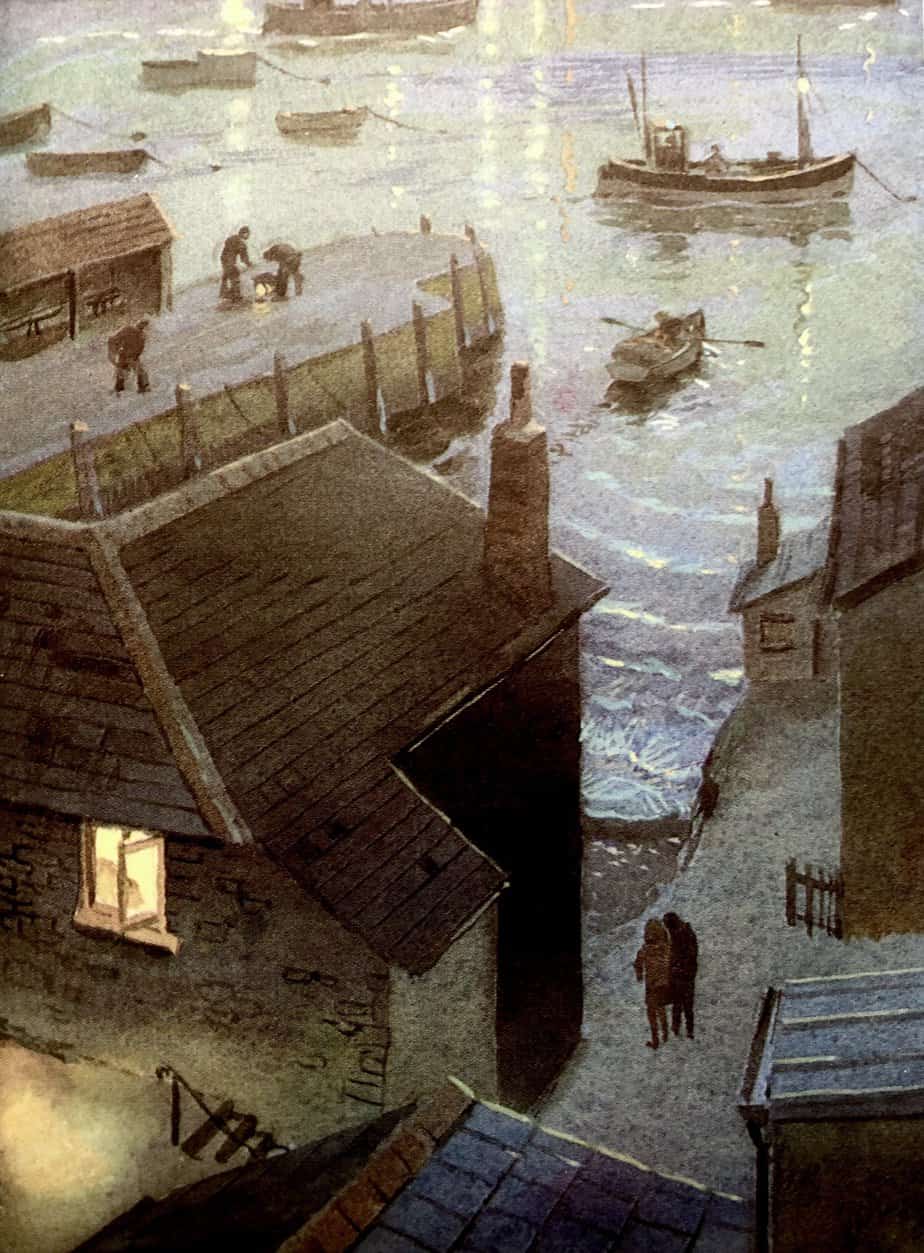
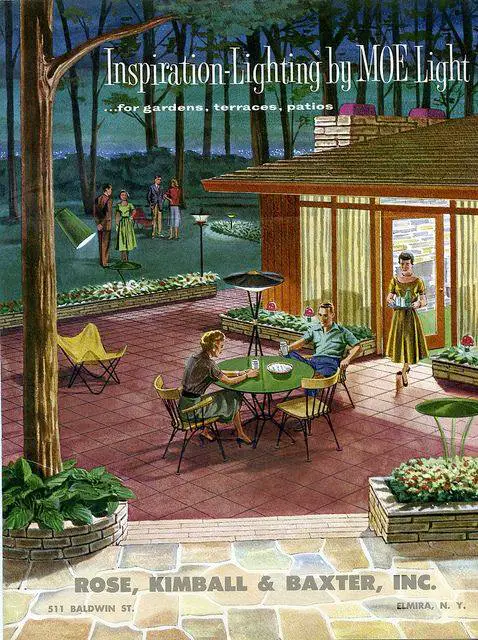
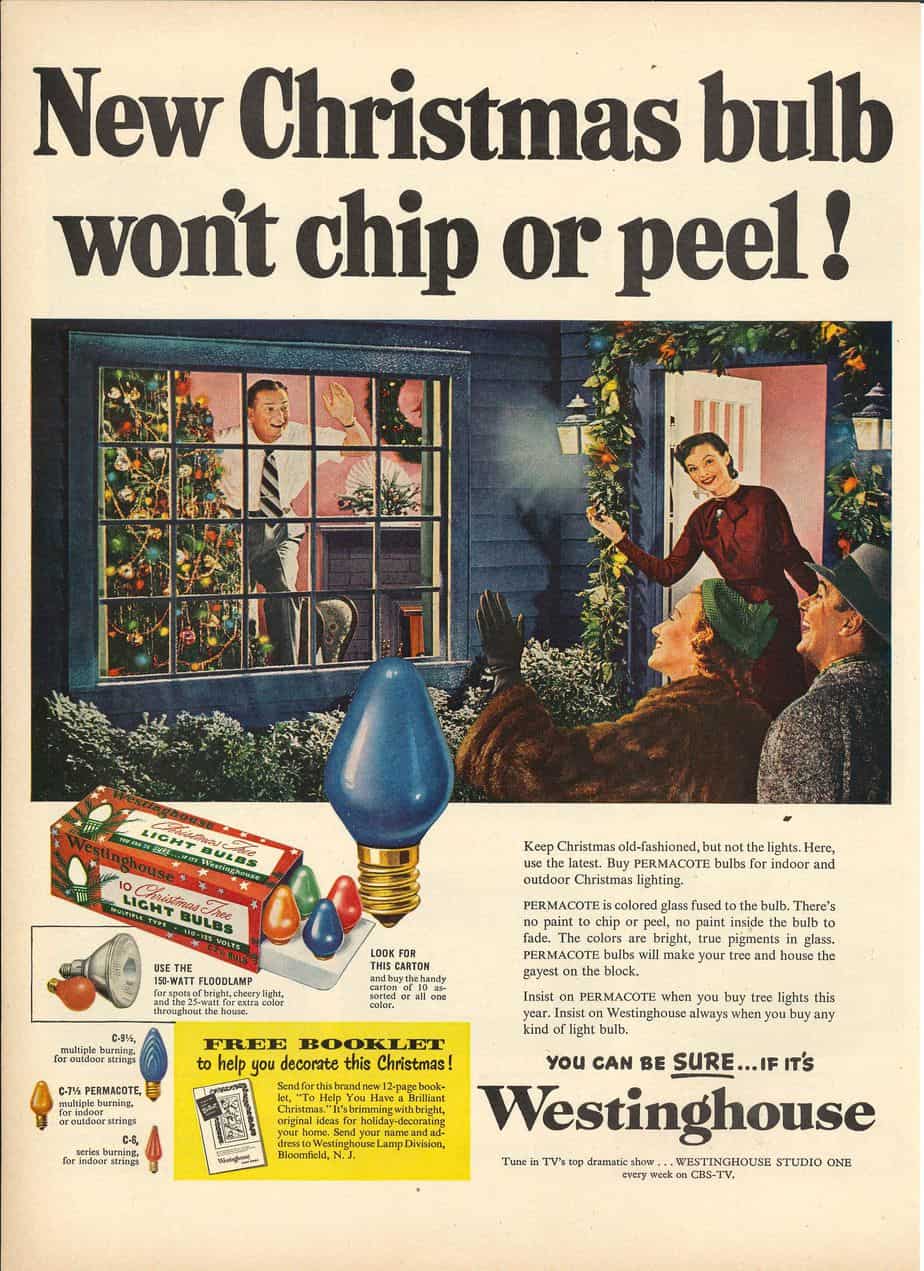
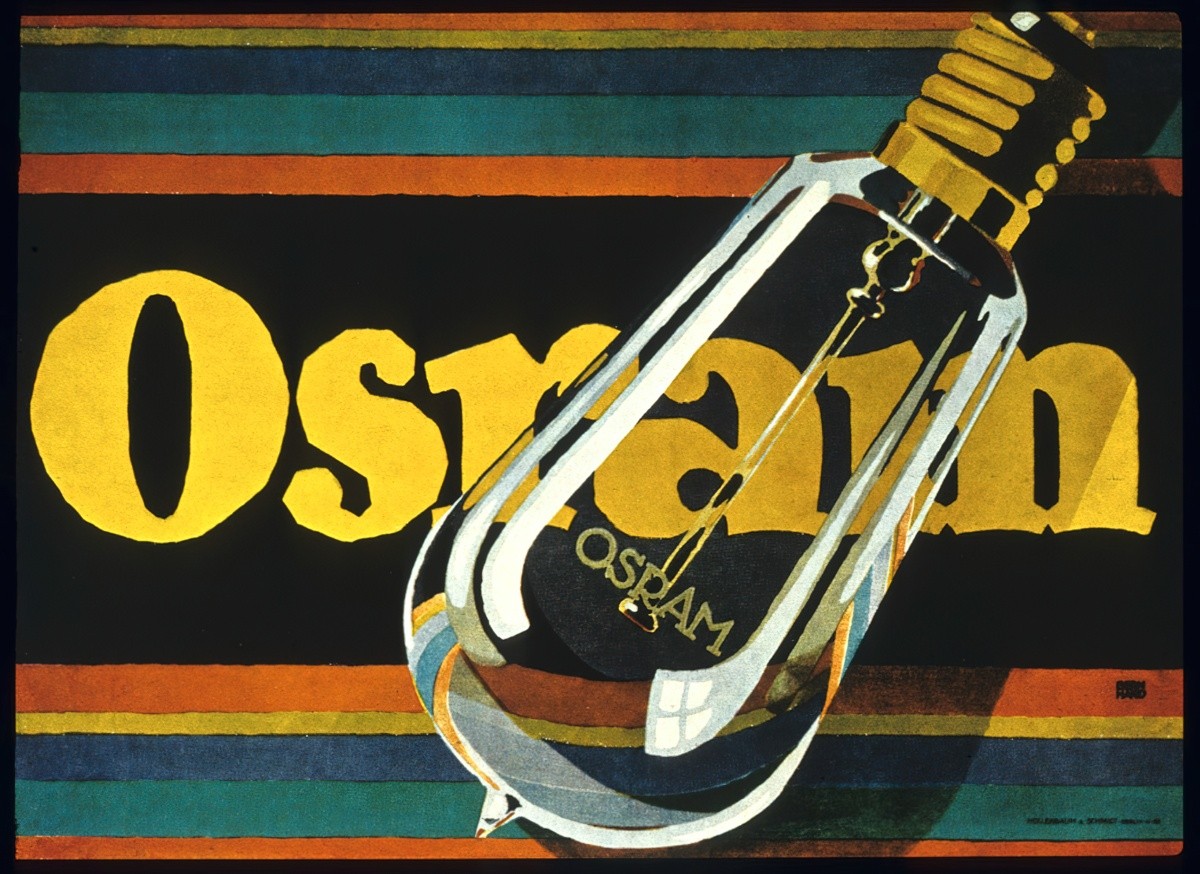
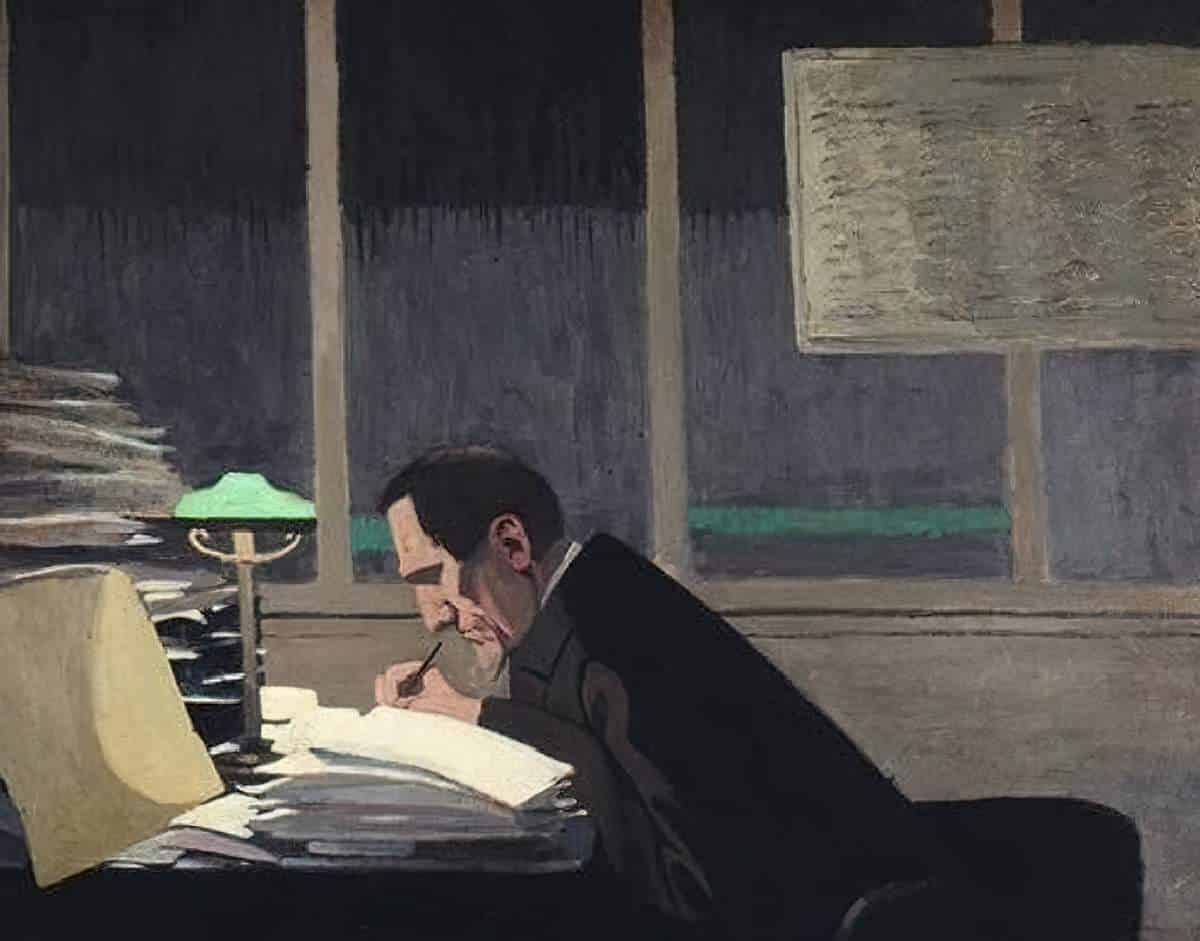
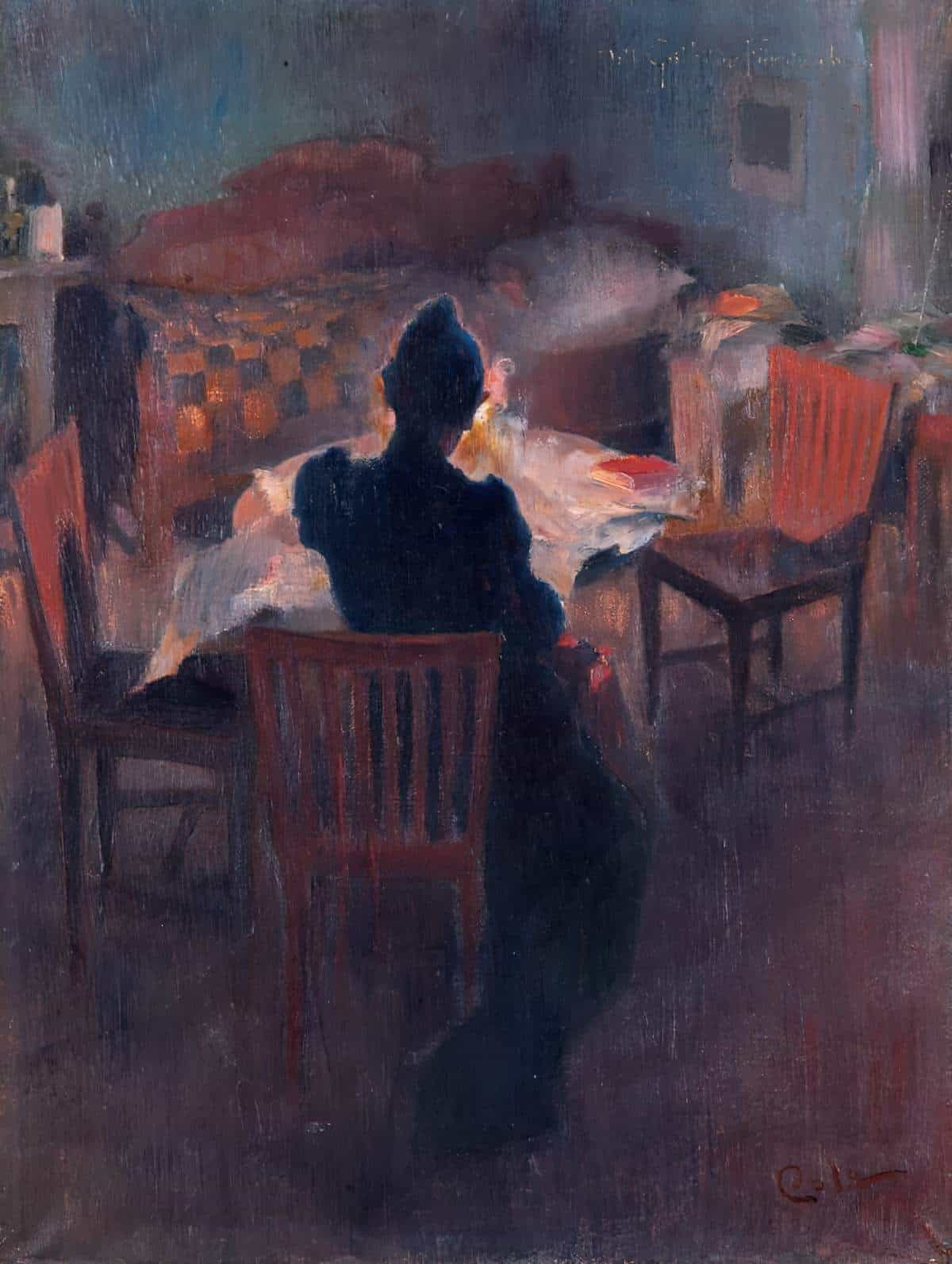
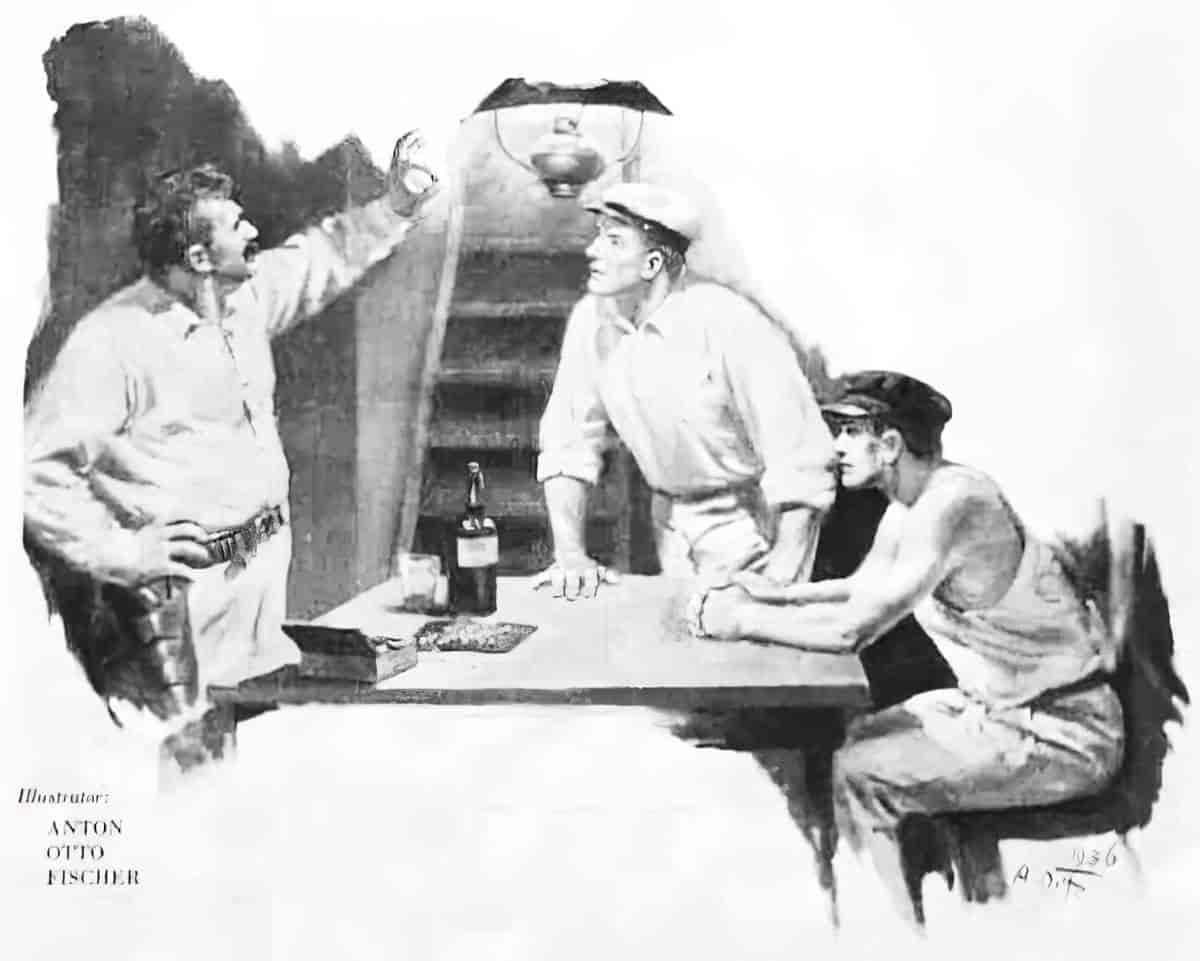
FURTHER READING
How the Working-Class Home Became Modern, 1900–1940
At the turn of the nineteenth century, the average American family still lived by kerosene light, ate in the kitchen, and used an outhouse. By 1940, electric lights, dining rooms, and bathrooms were the norm as the traditional working-class home was fast becoming modern—a fact largely missing from the story of domestic innovation and improvement in twentieth-century America, where such benefits seem to count primarily among the upper classes and the post–World War II denizens of suburbia. Examining the physical evidence of America’s working-class houses, Thomas C. Hubka revises our understanding of how widespread domestic improvement transformed the lives of Americans in the modern era. His work, focused on the broad central portion of the housing population, recalibrates longstanding ideas about the nature and development of the “middle class” and its new measure of improvement, “standards of living.”
In How the Working-Class Home Became Modern, 1900–1940 (University of Minnesota Press, 2020), Hubka analyzes a period when millions of average Americans saw accelerated improvement in their housing and domestic conditions. These improvements were intertwined with the acquisition of entirely new mechanical conveniences, new types of rooms and patterns of domestic life, and such innovations—from public utilities and kitchen appliances to remodeled and multi-unit housing—are at the center of the story Hubka tells. It is a narrative, amply illustrated and finely detailed, that traces changes in household hygiene, sociability, and privacy practices that launched large portions of the working classes into the middle class—and that, in Hubka’s telling, reconfigures and enriches the standard account of the domestic transformation of the American home.
How the Working-Class Home Became Modern, 1900–1940

Header painting: Eyolf Soot (1859 – 1928) In the lamplight, 1885
